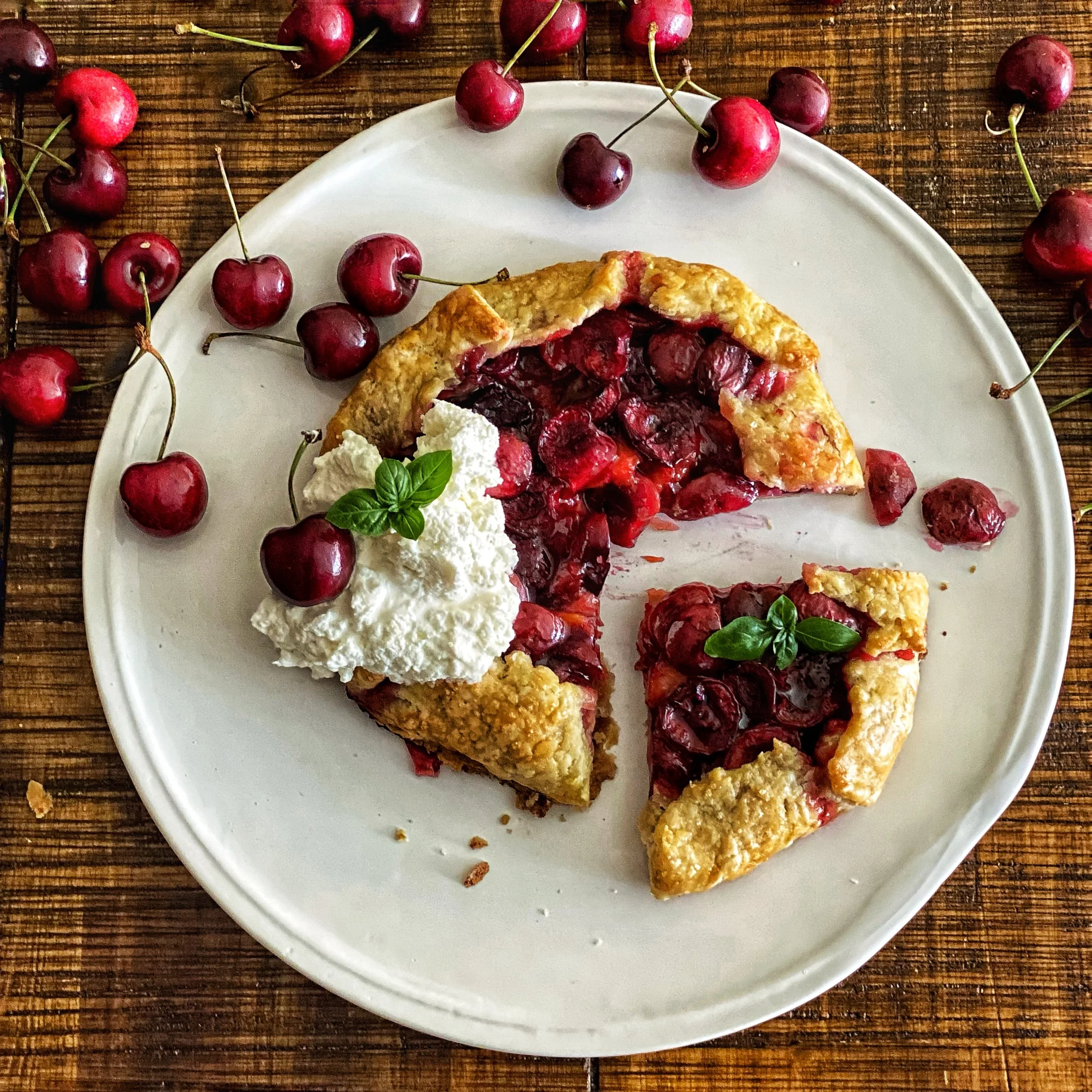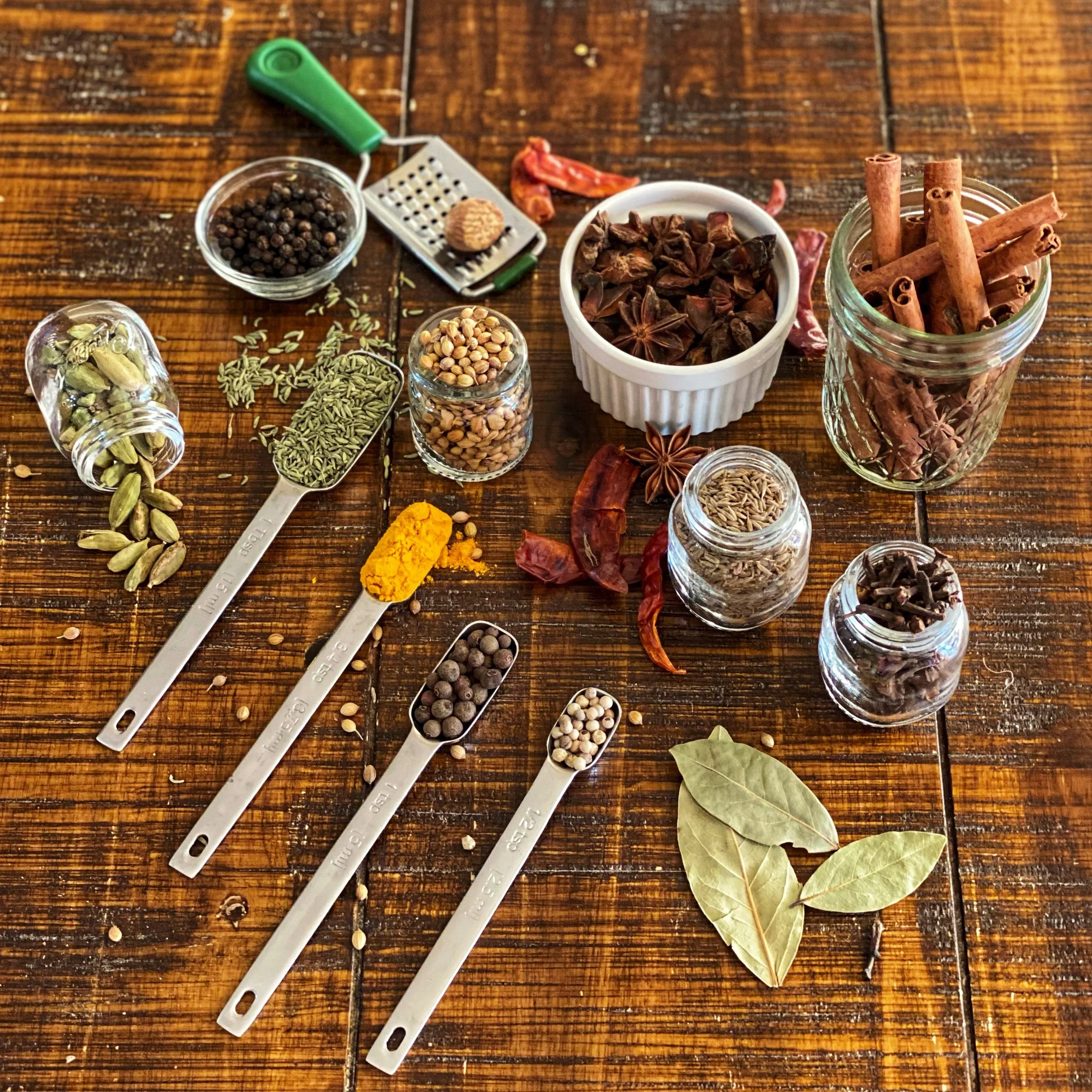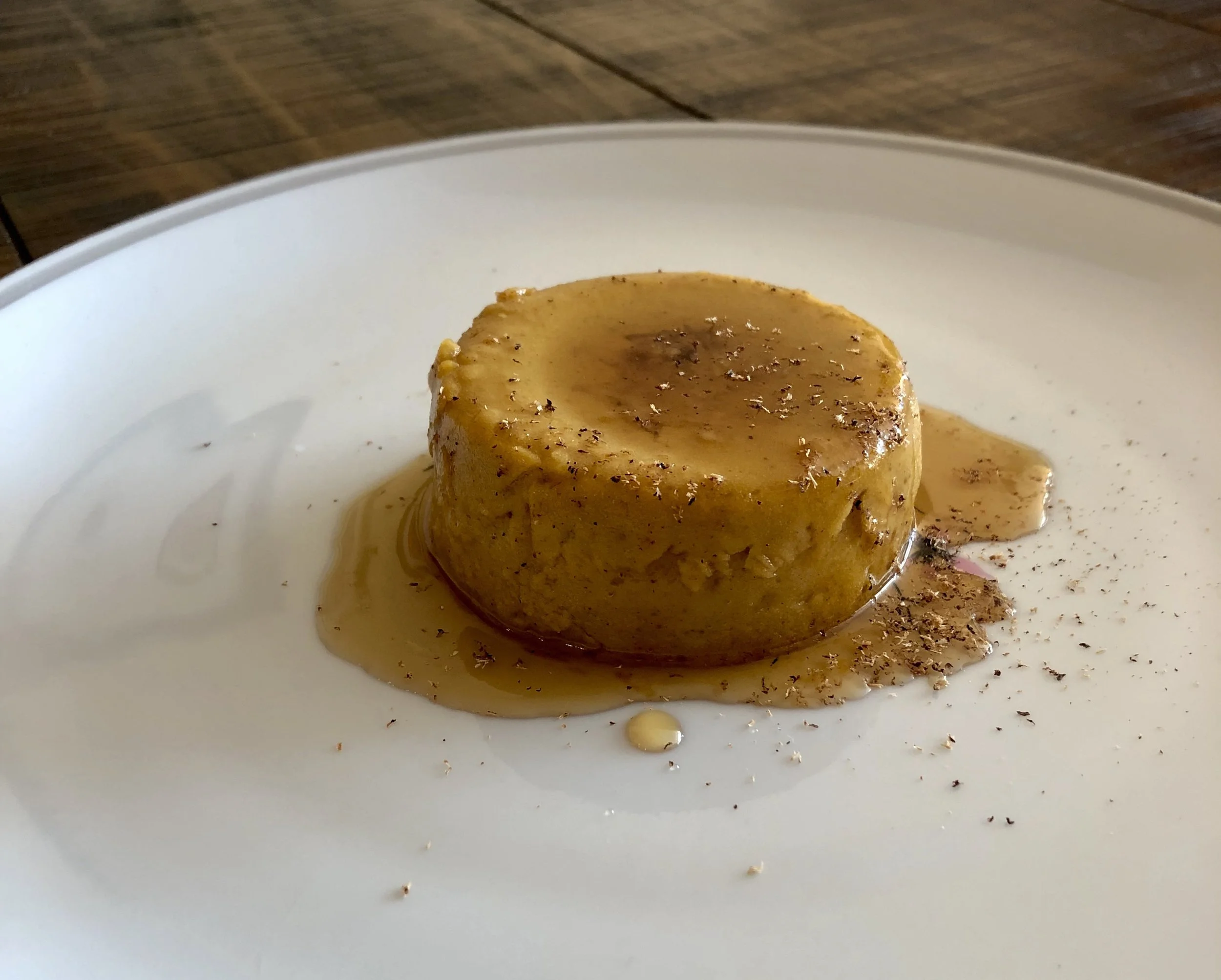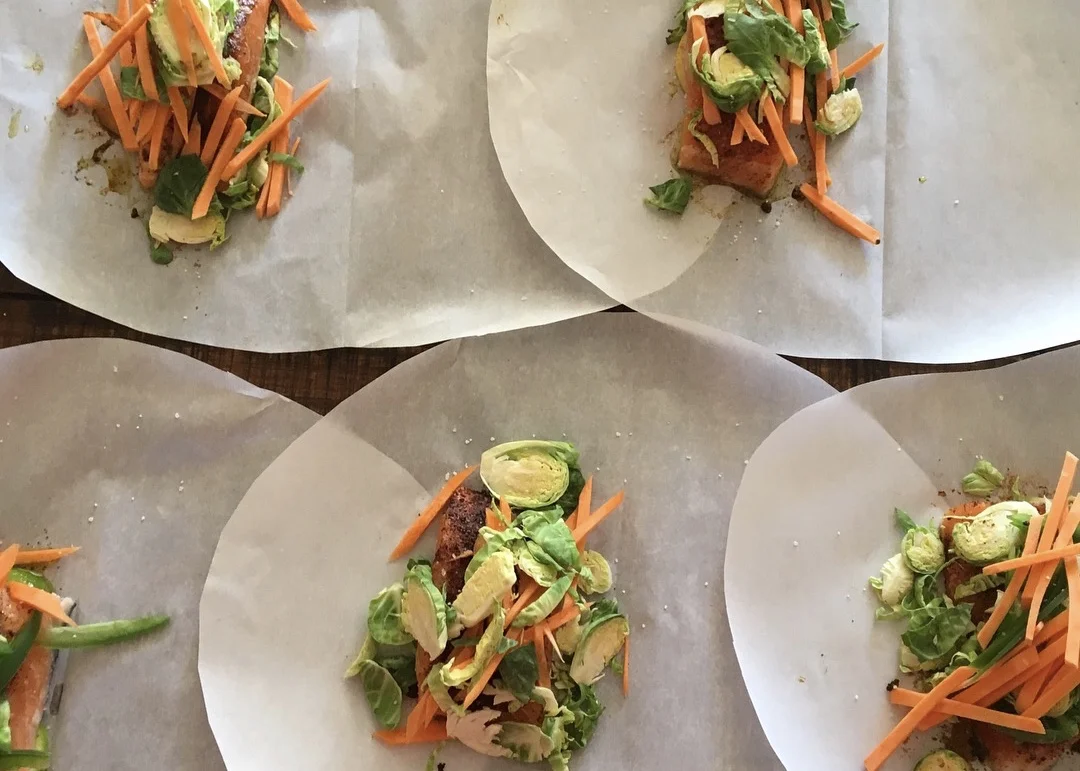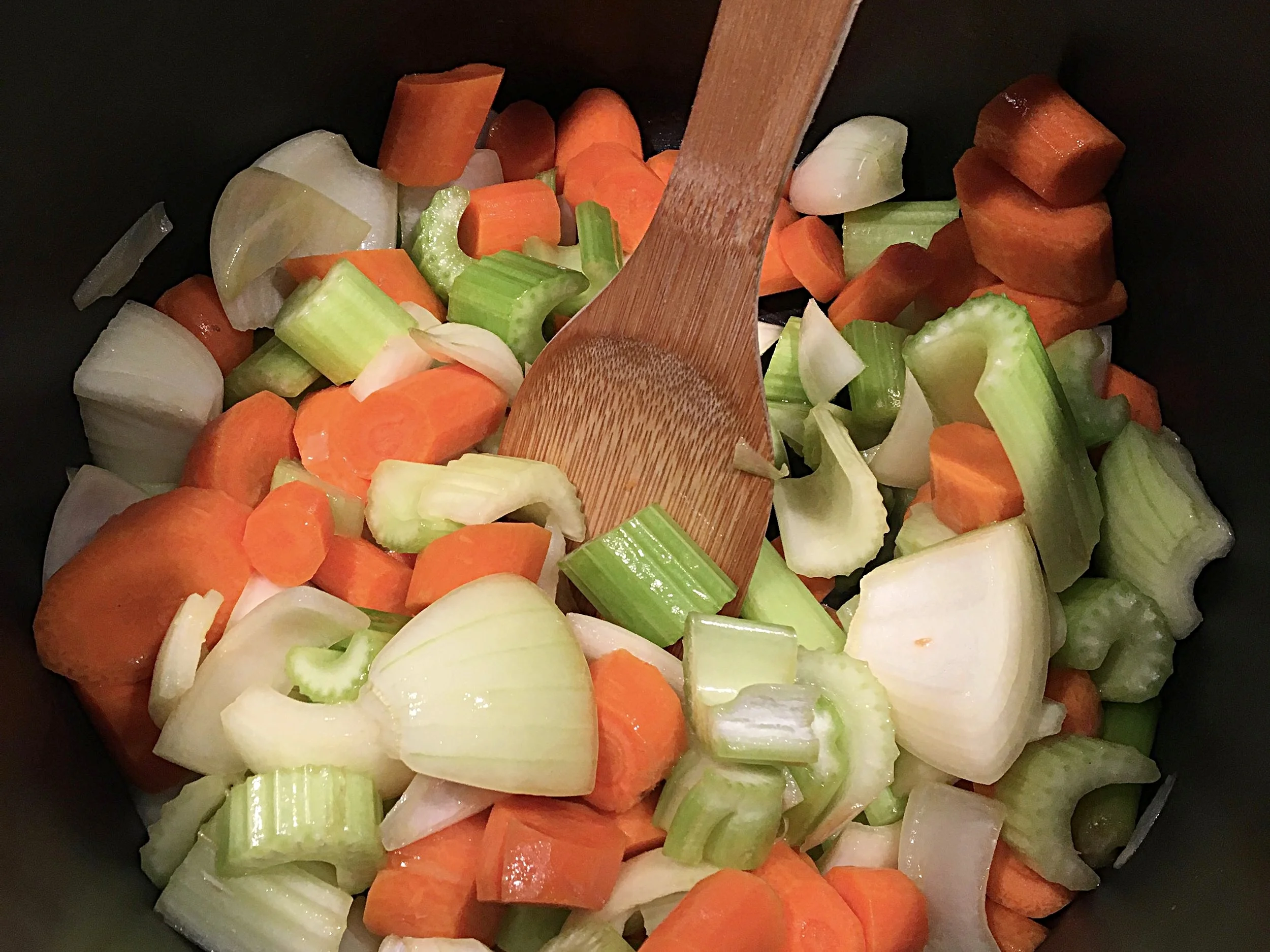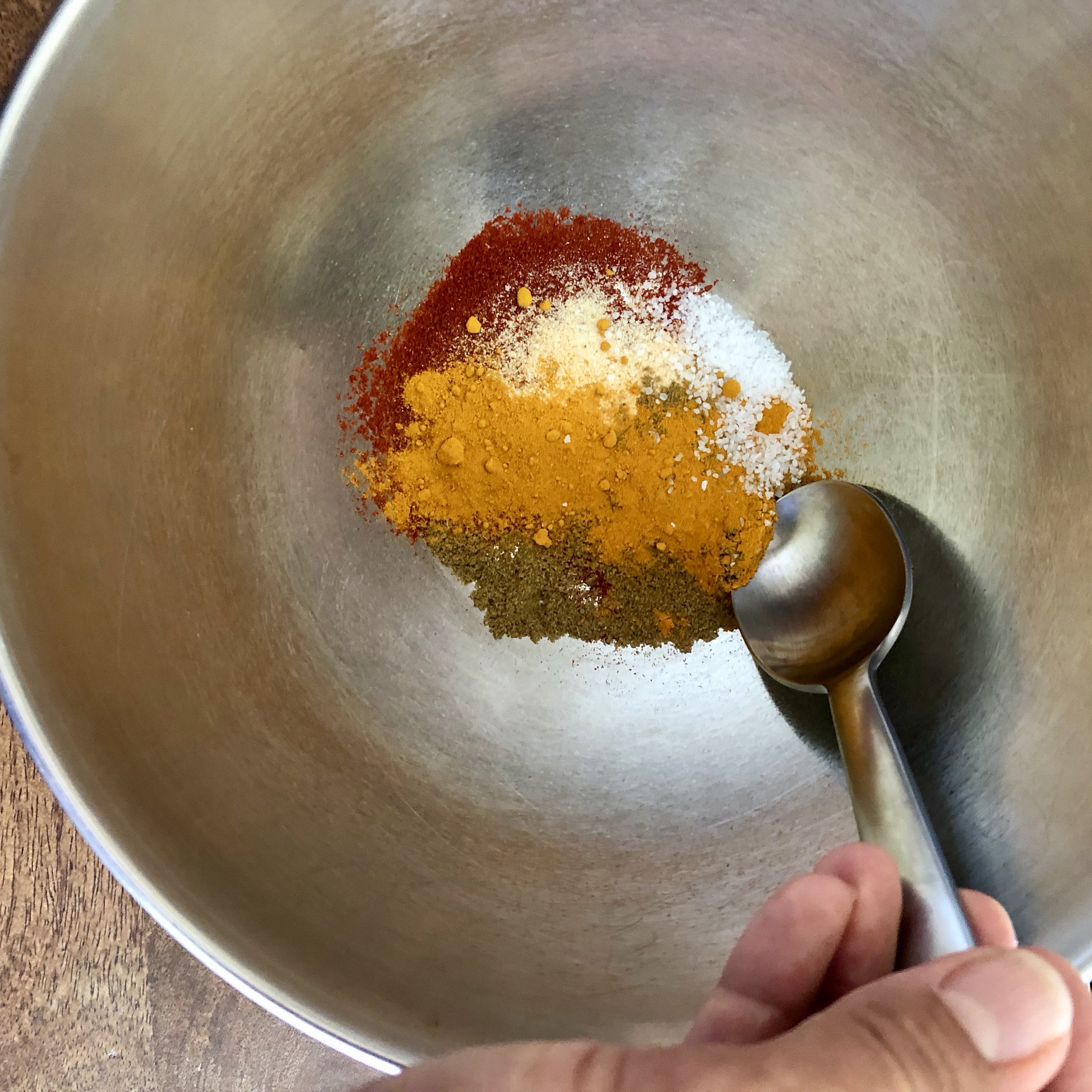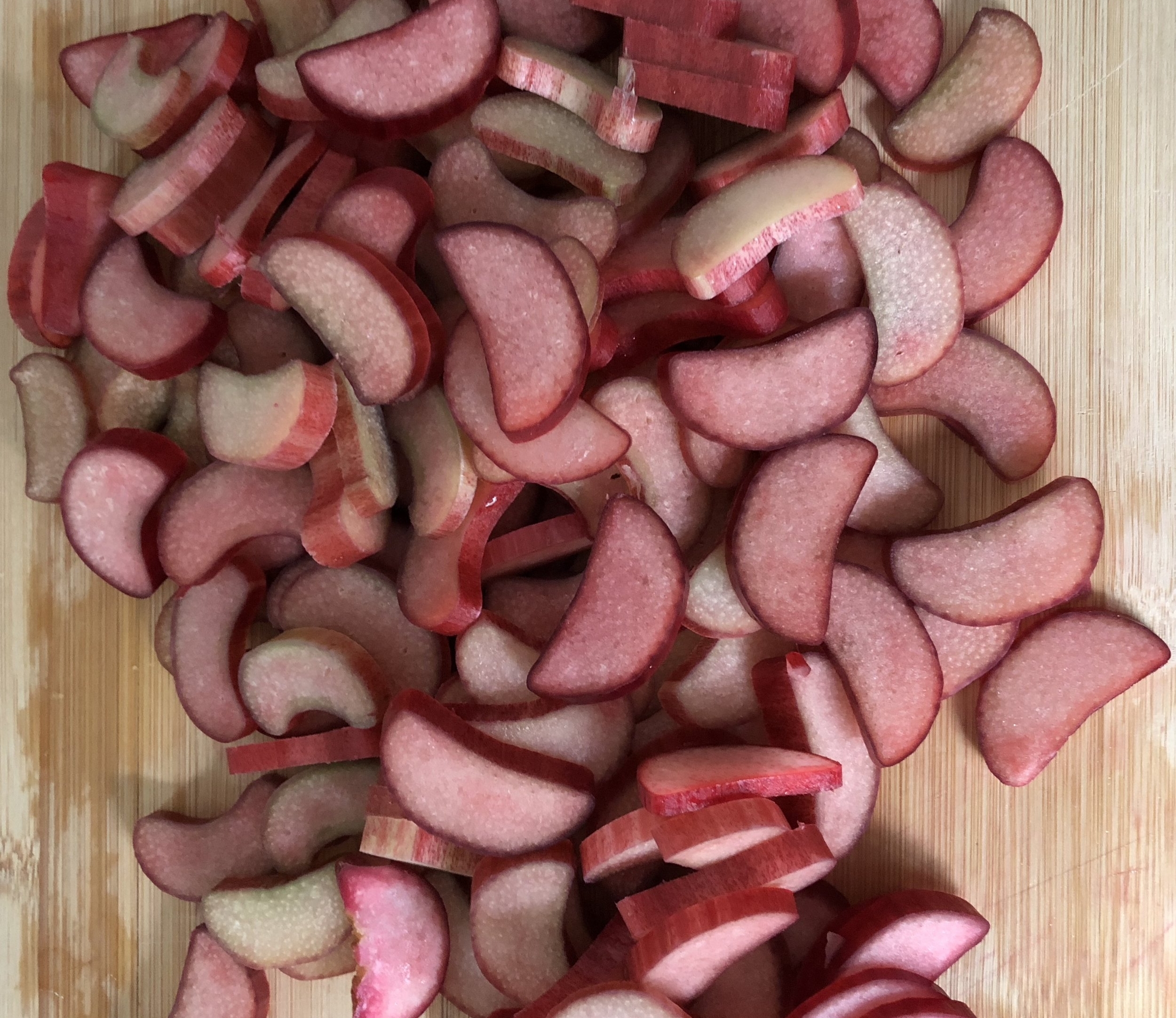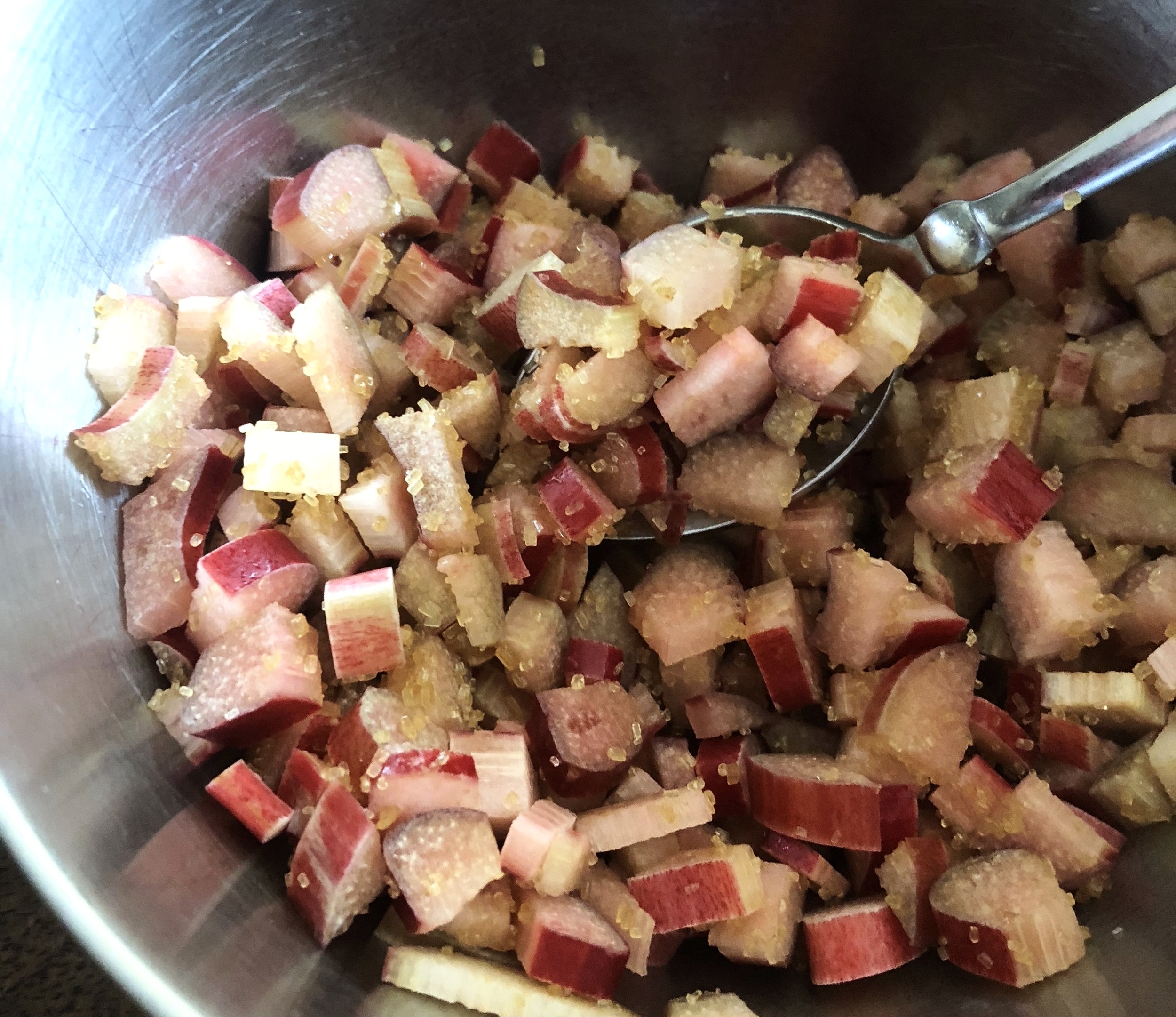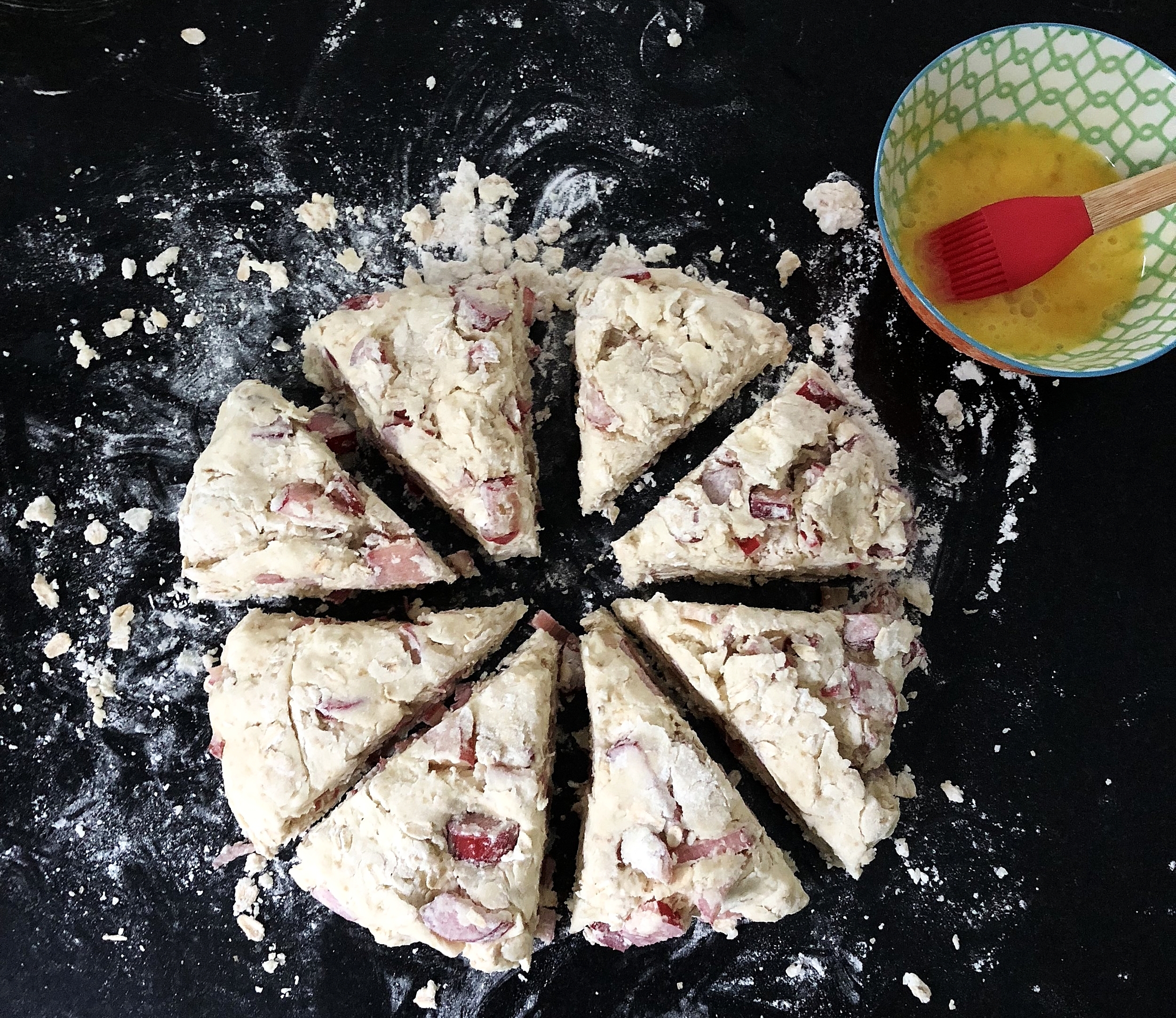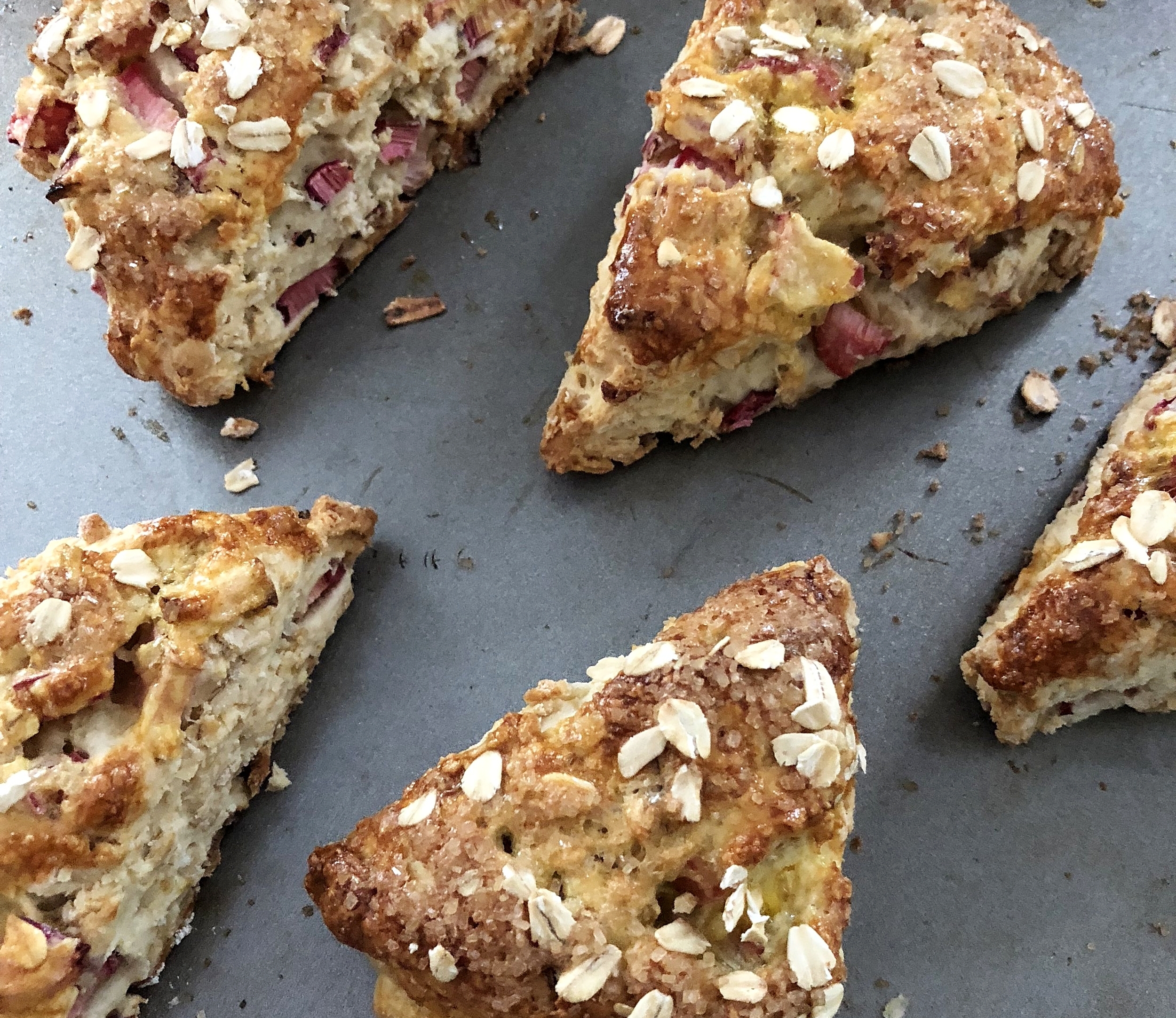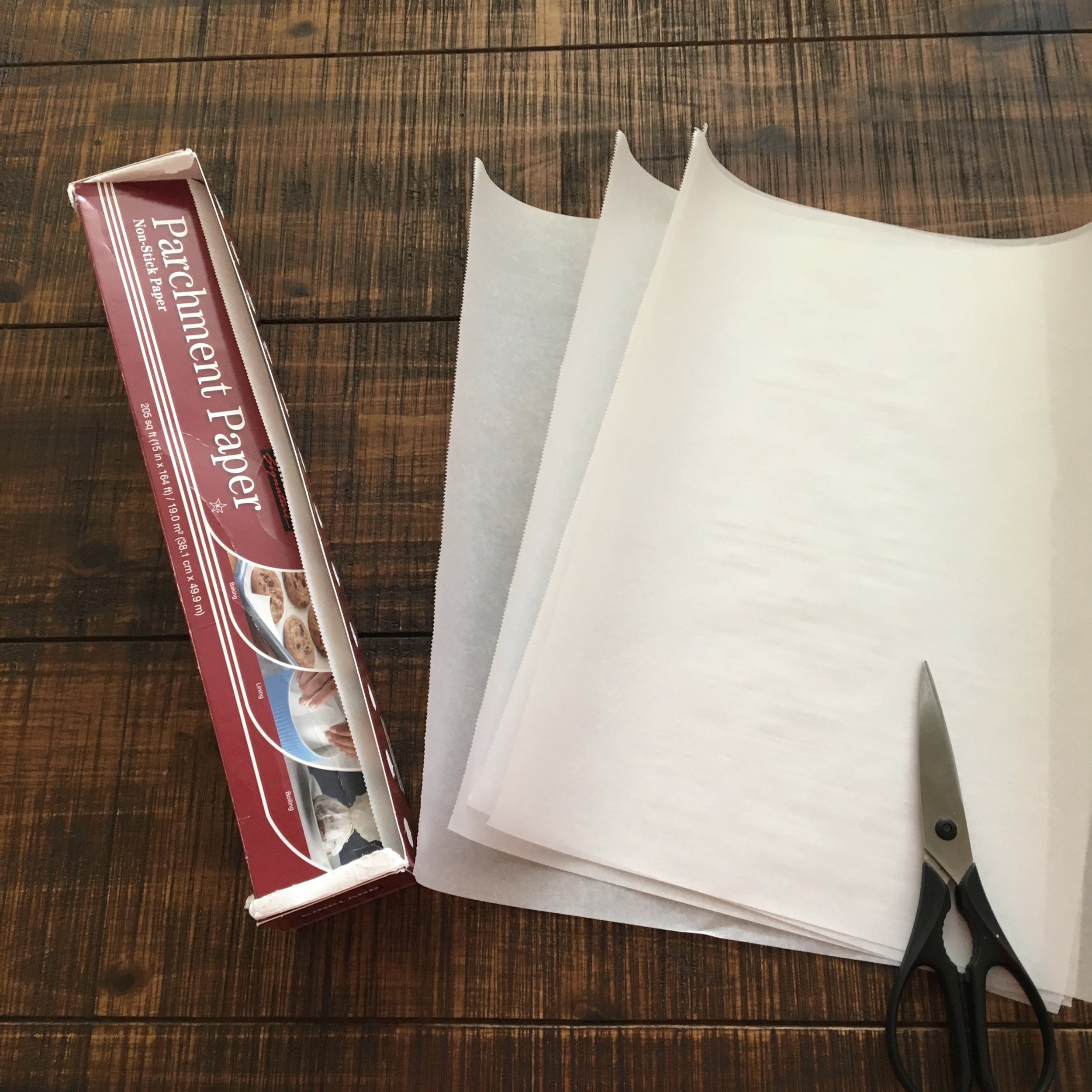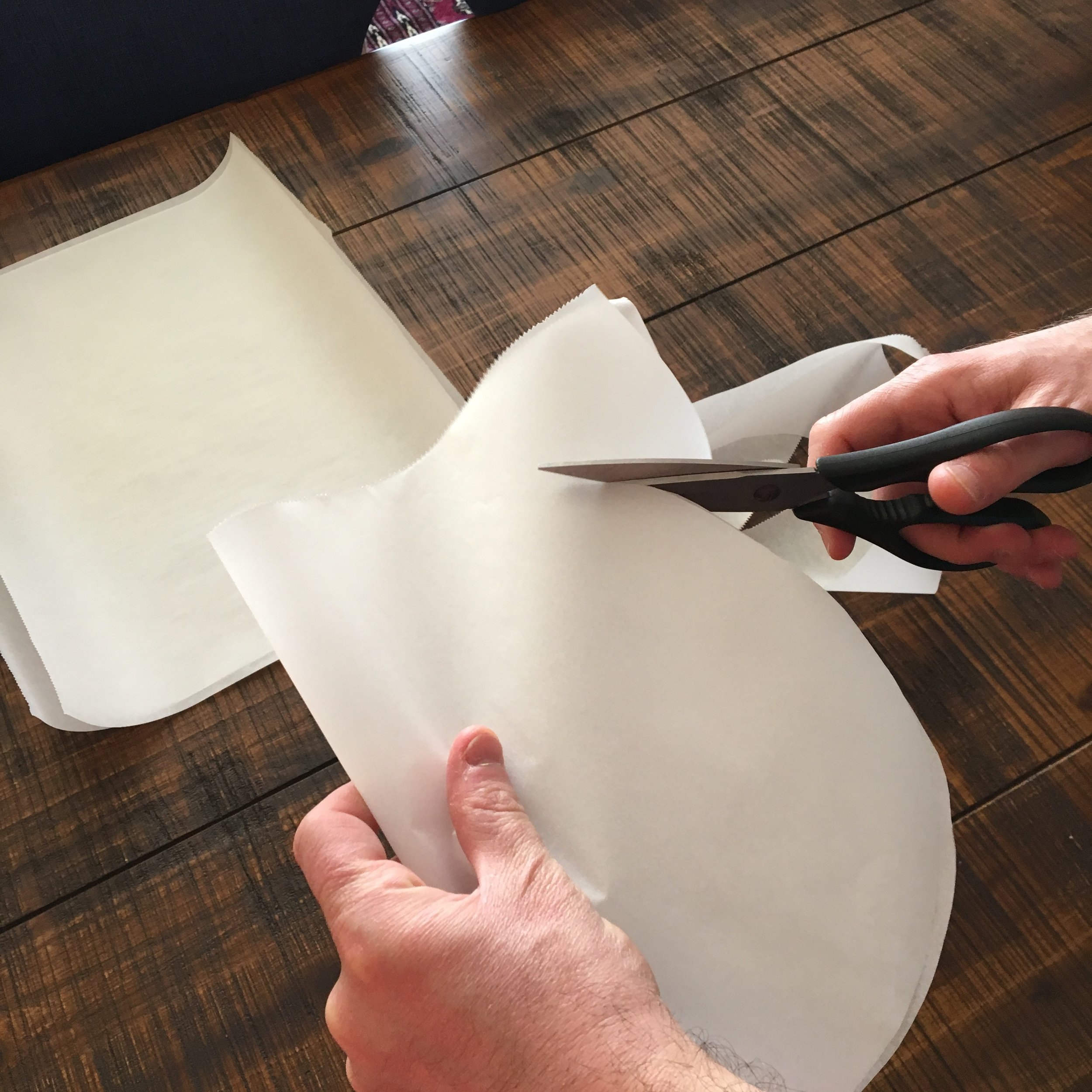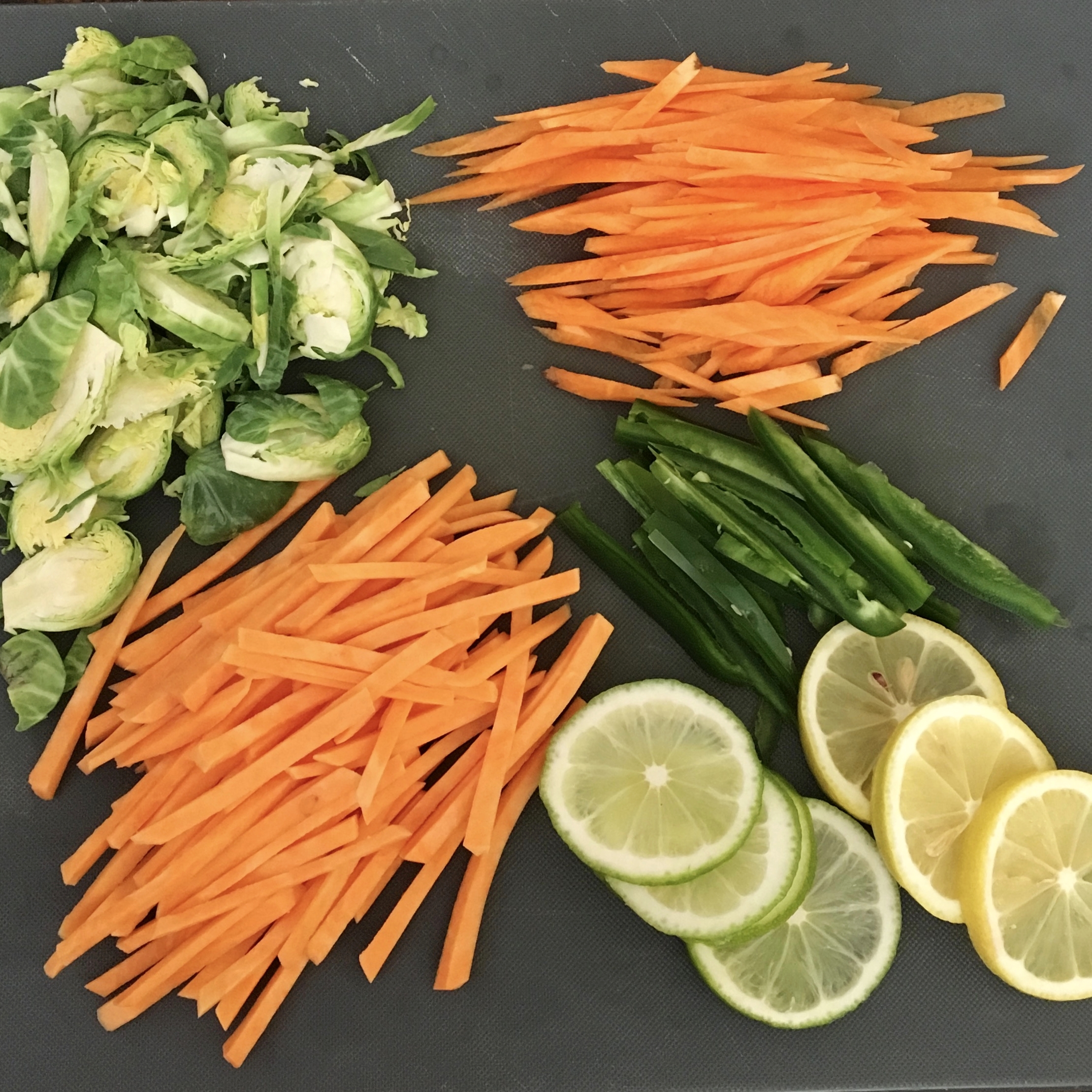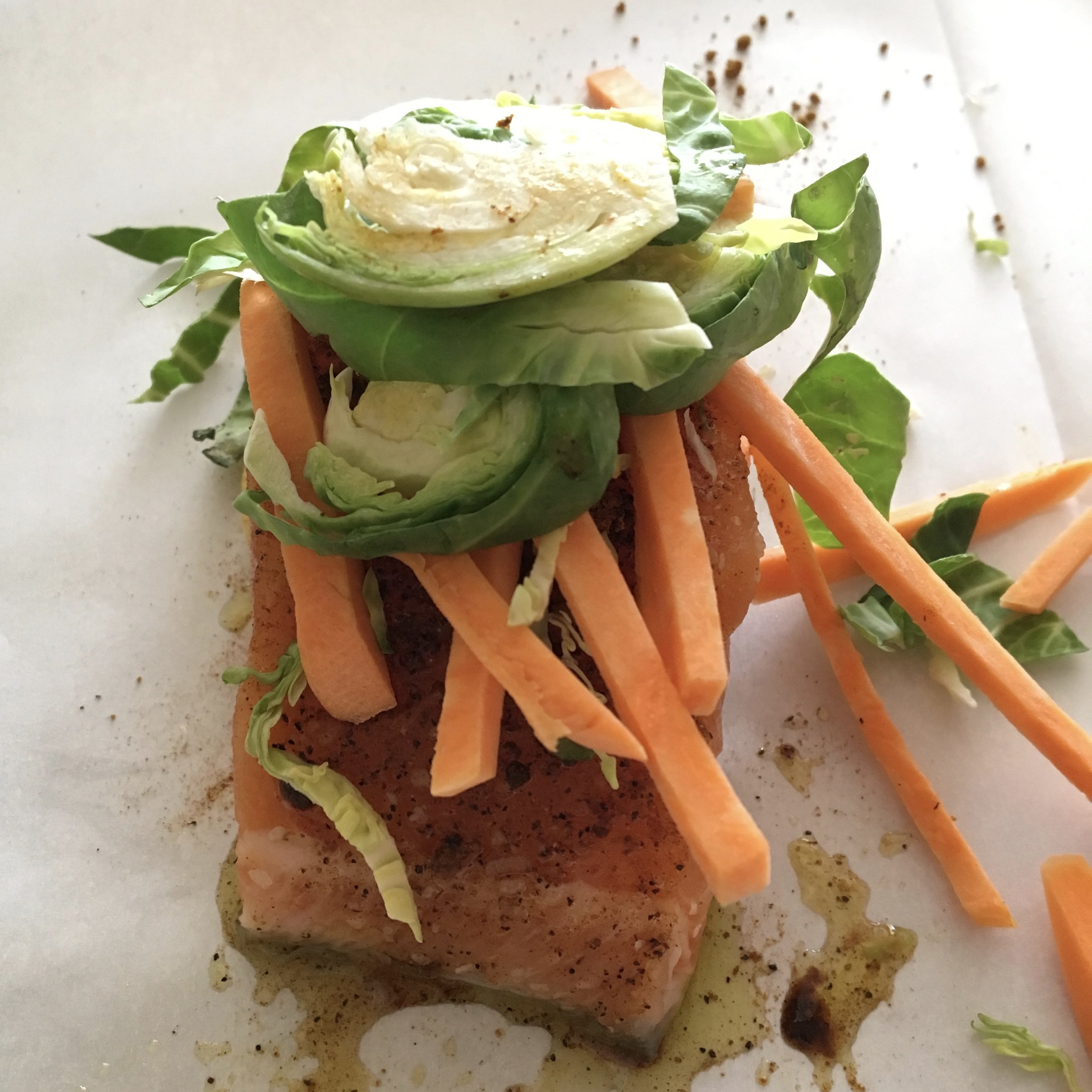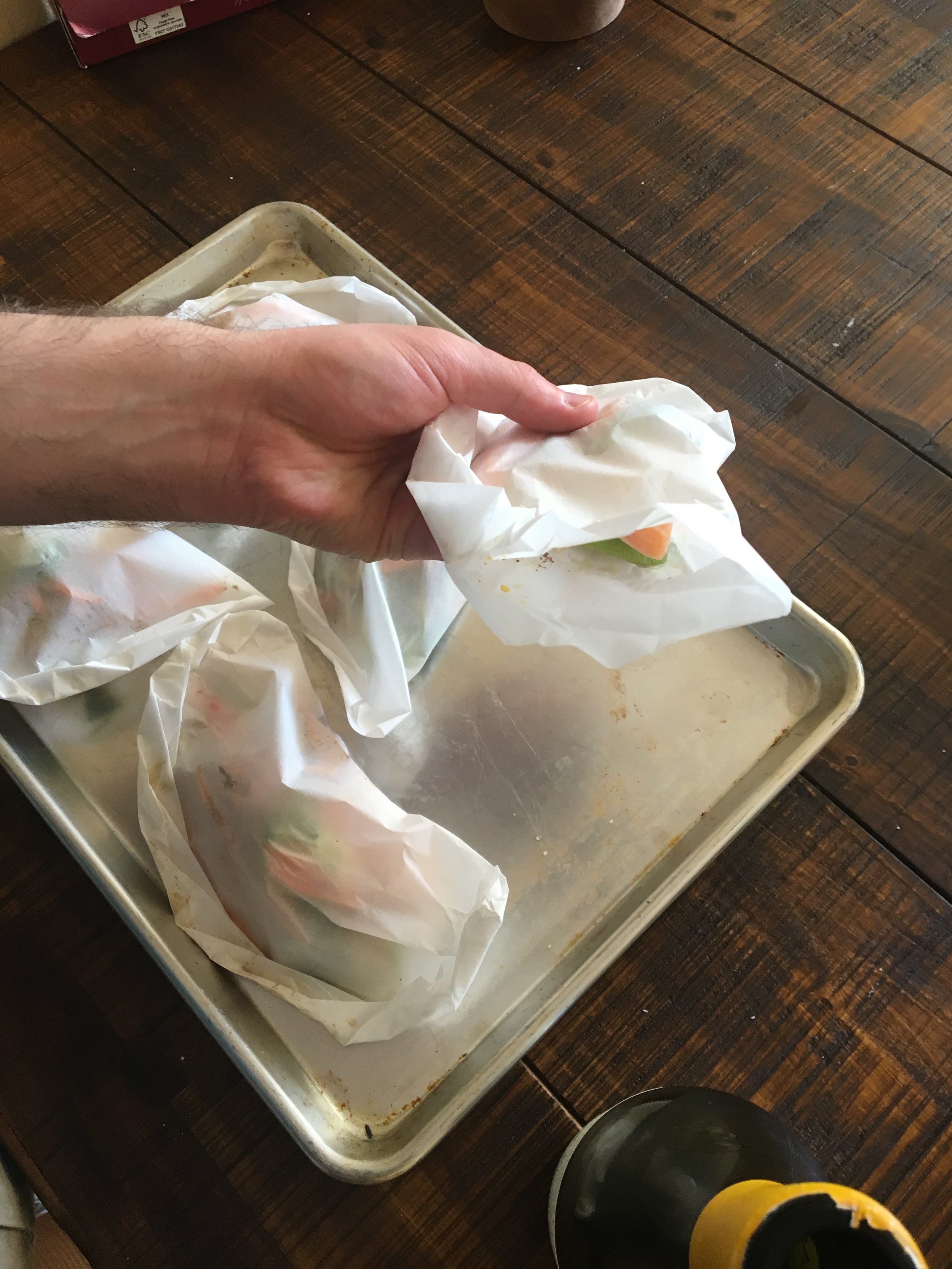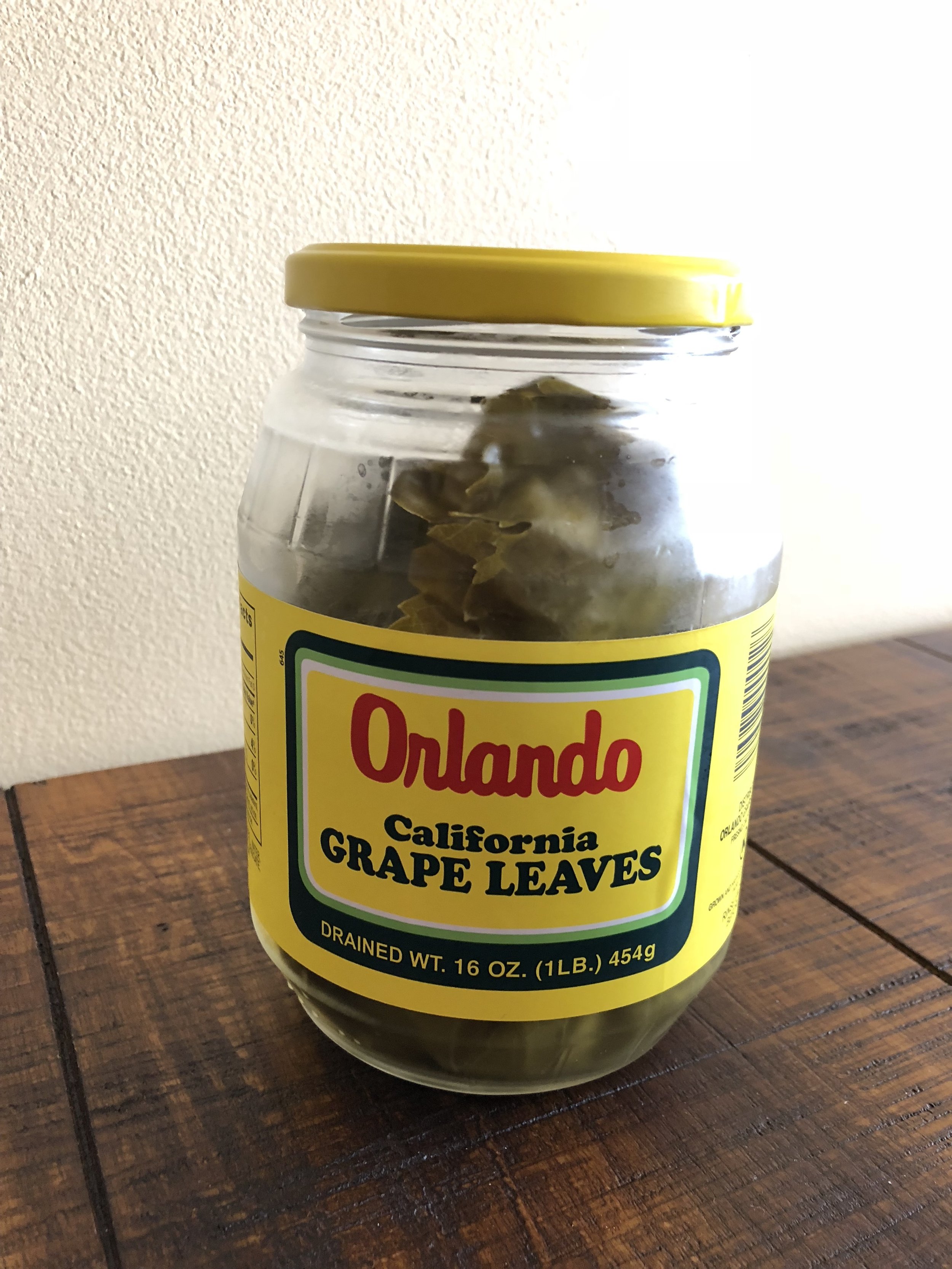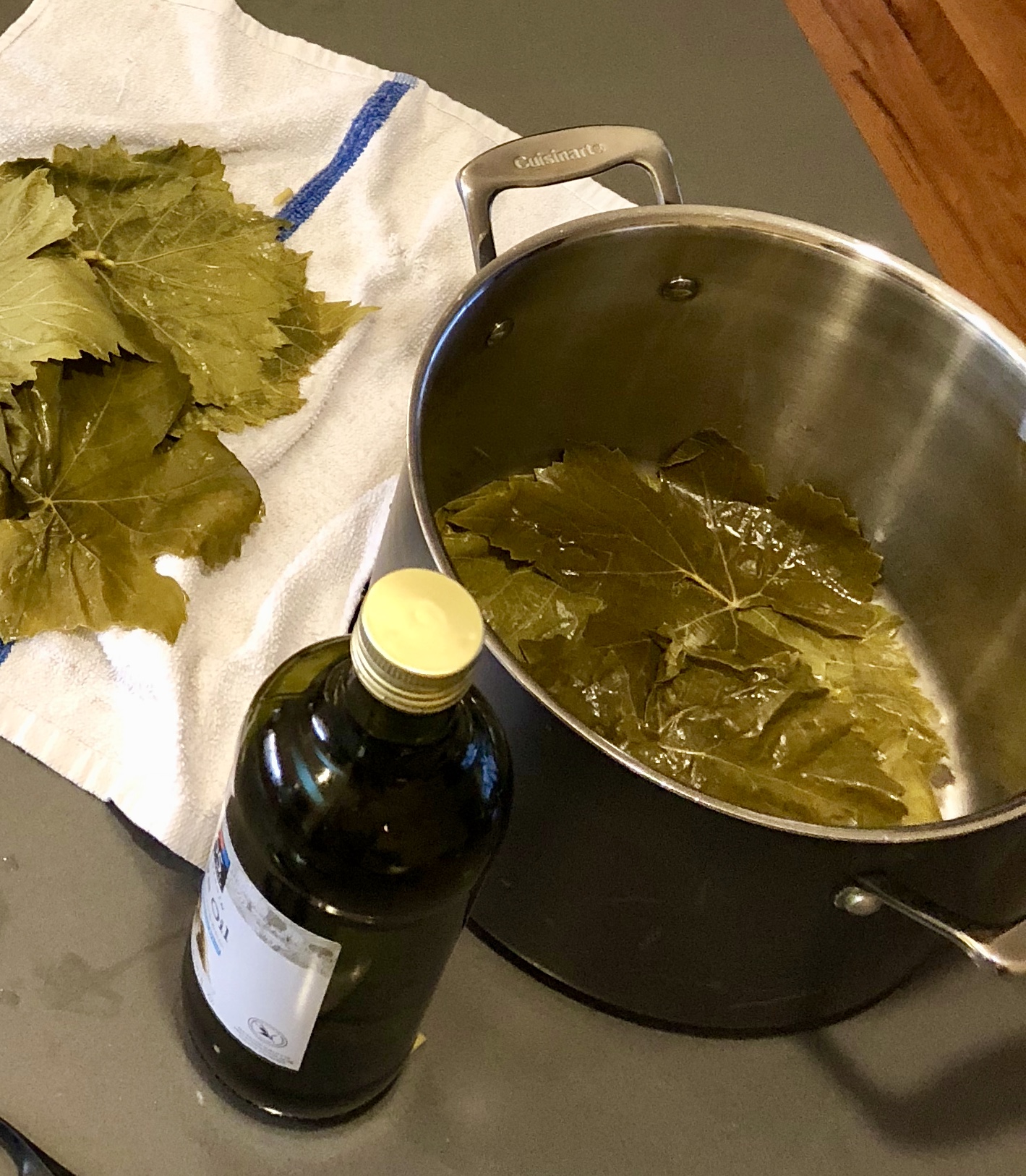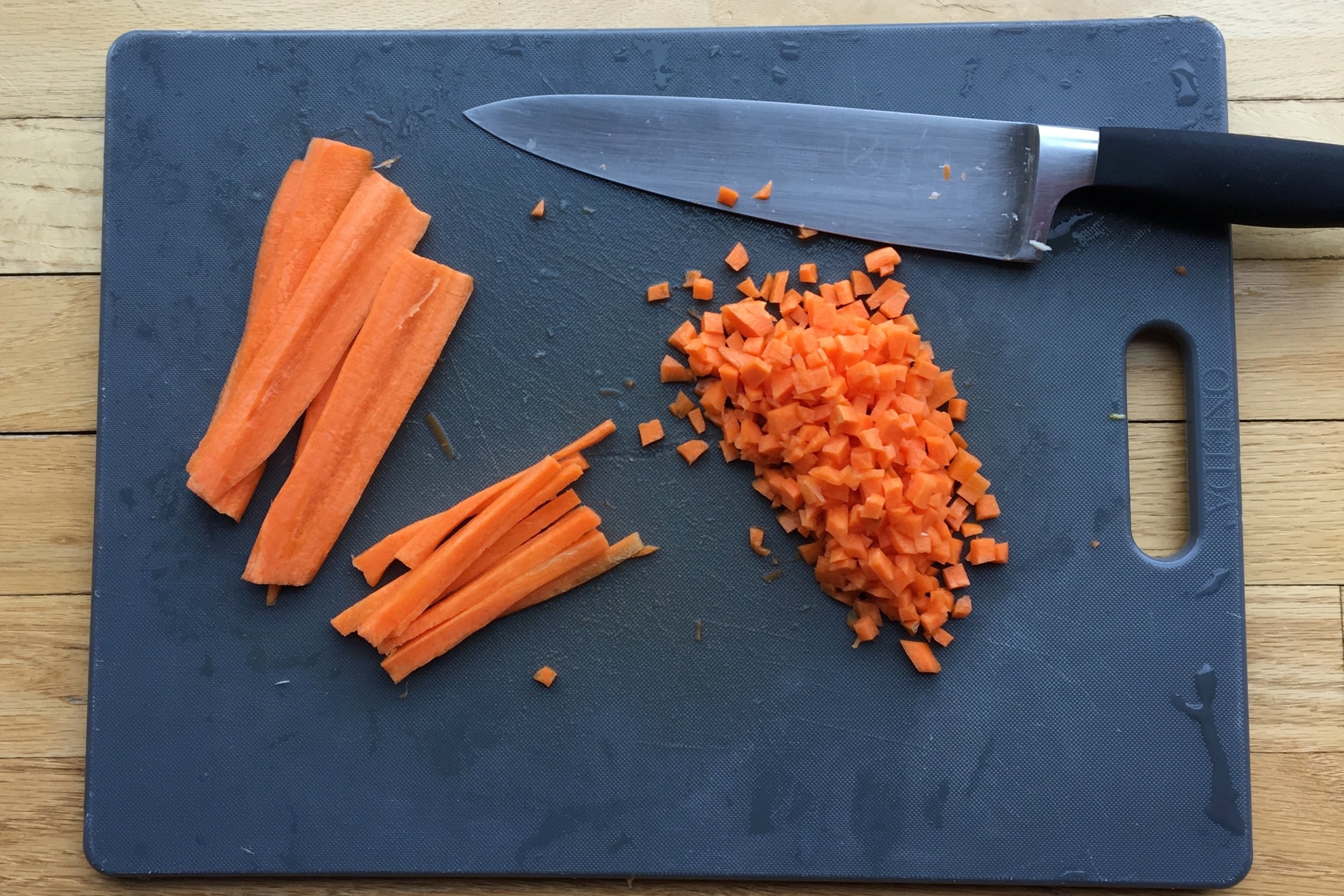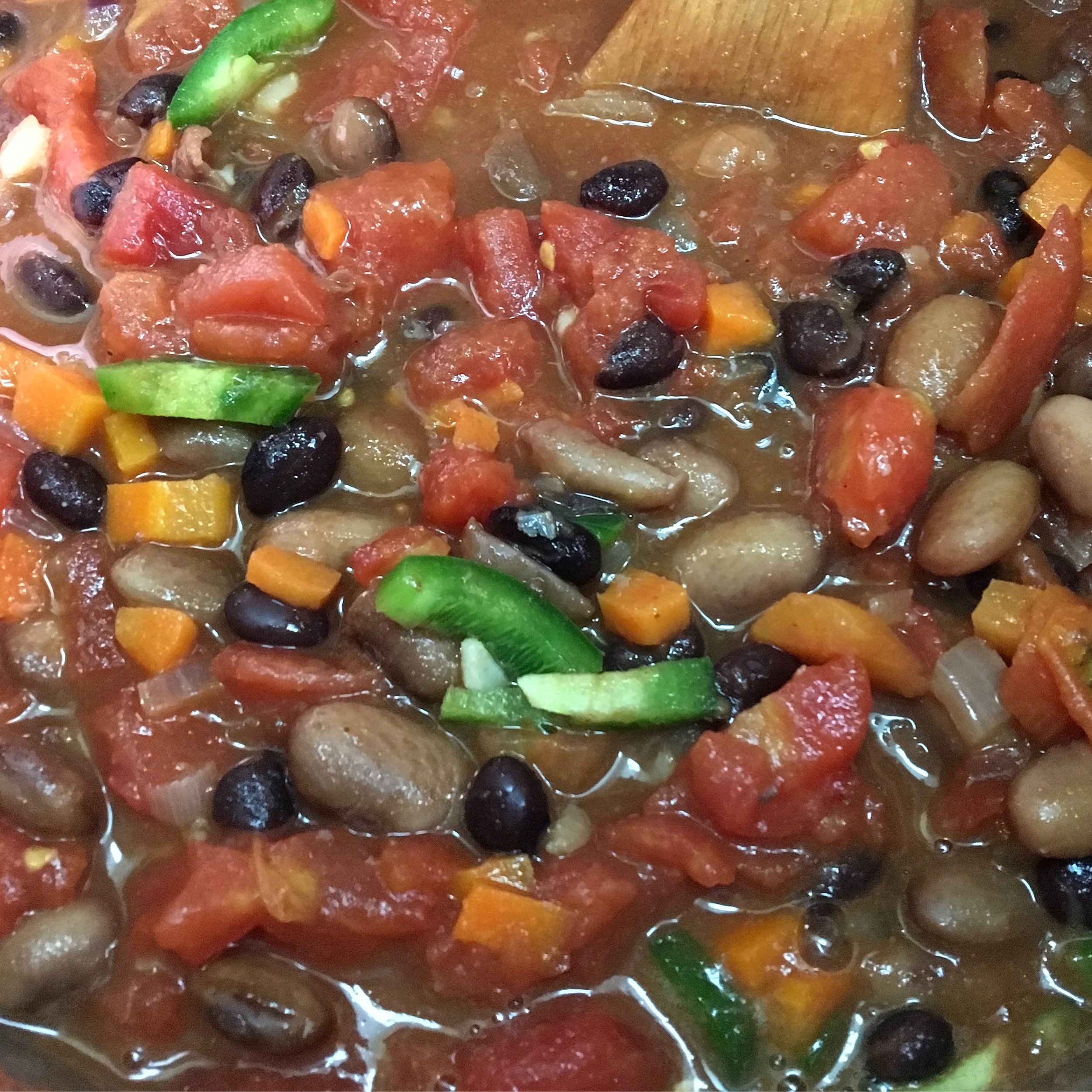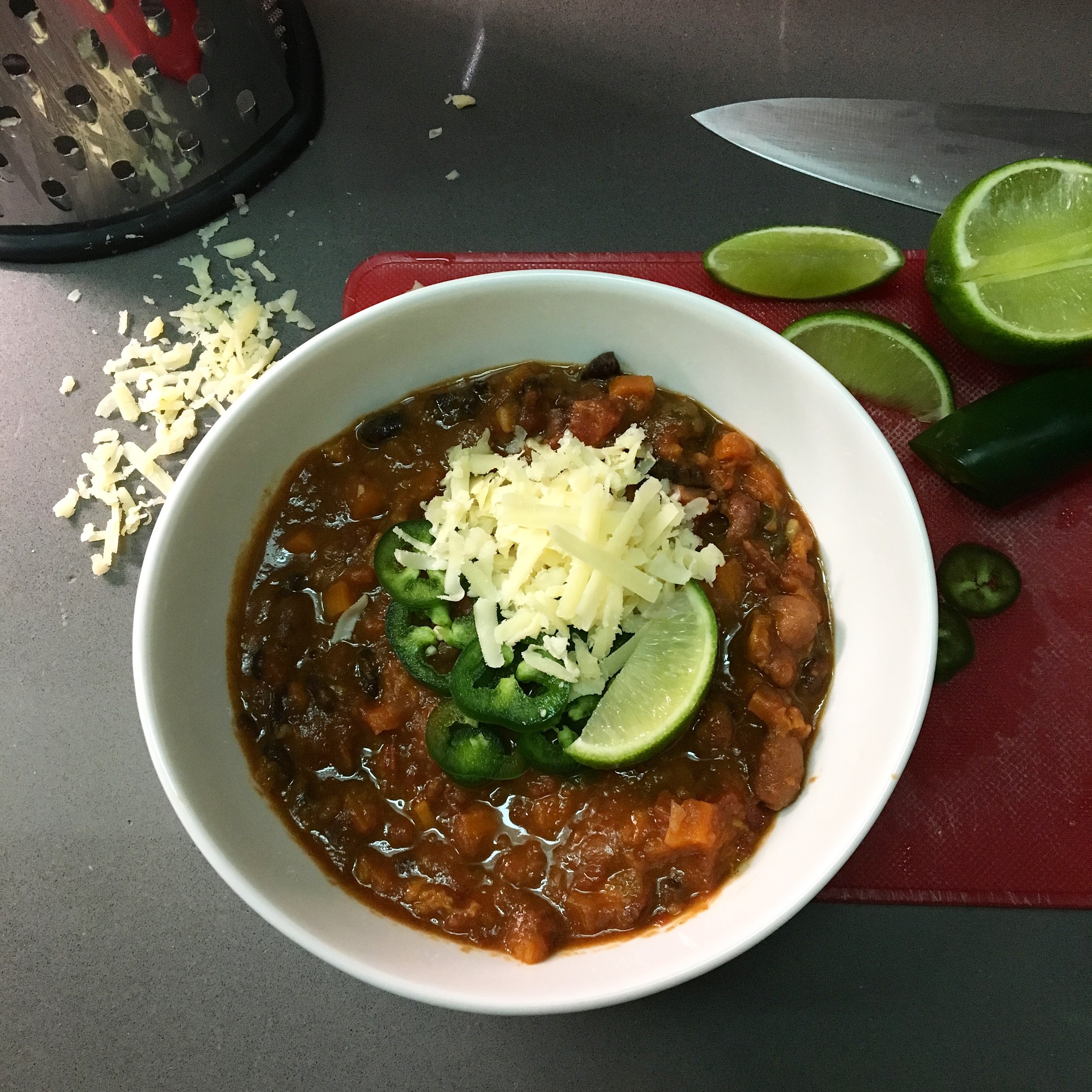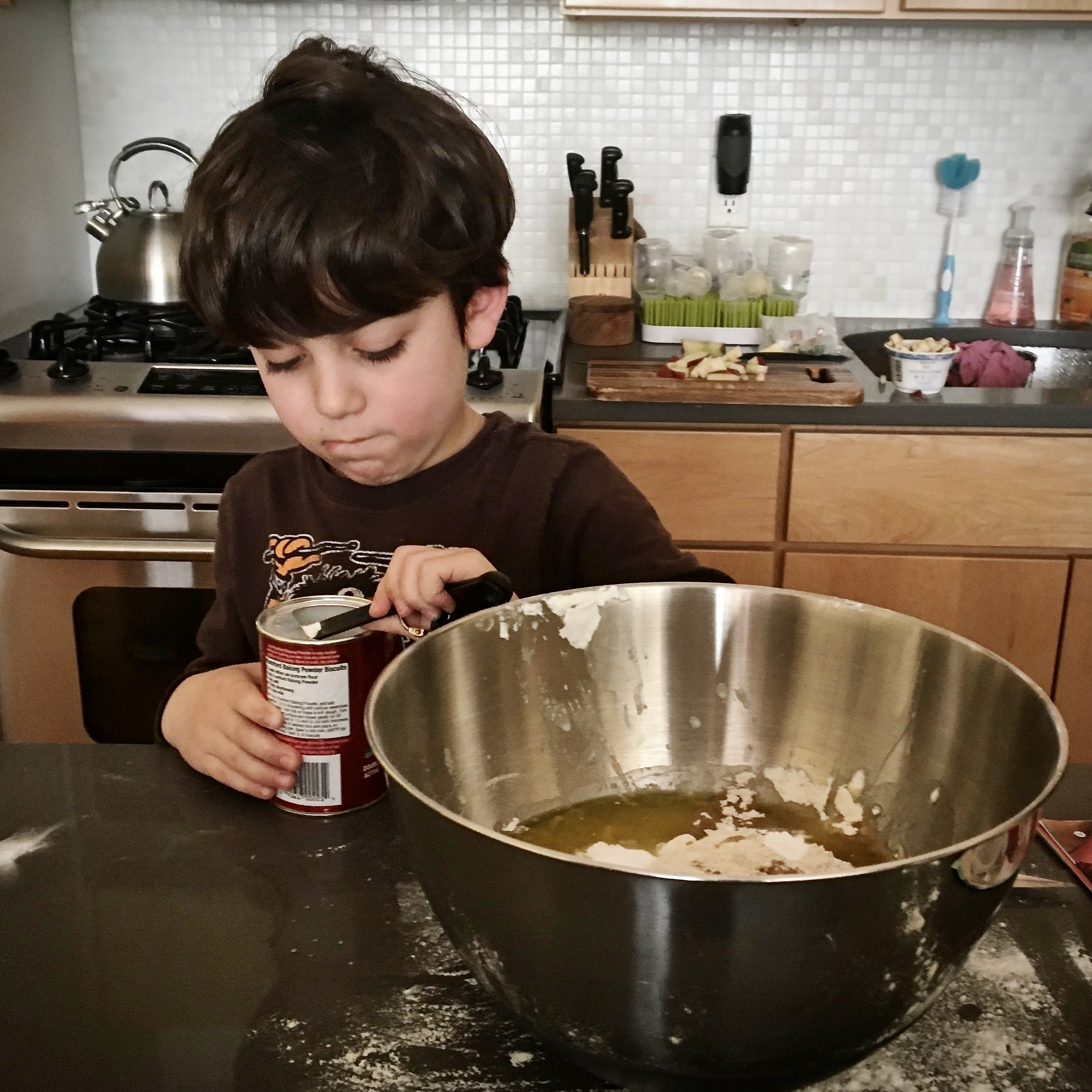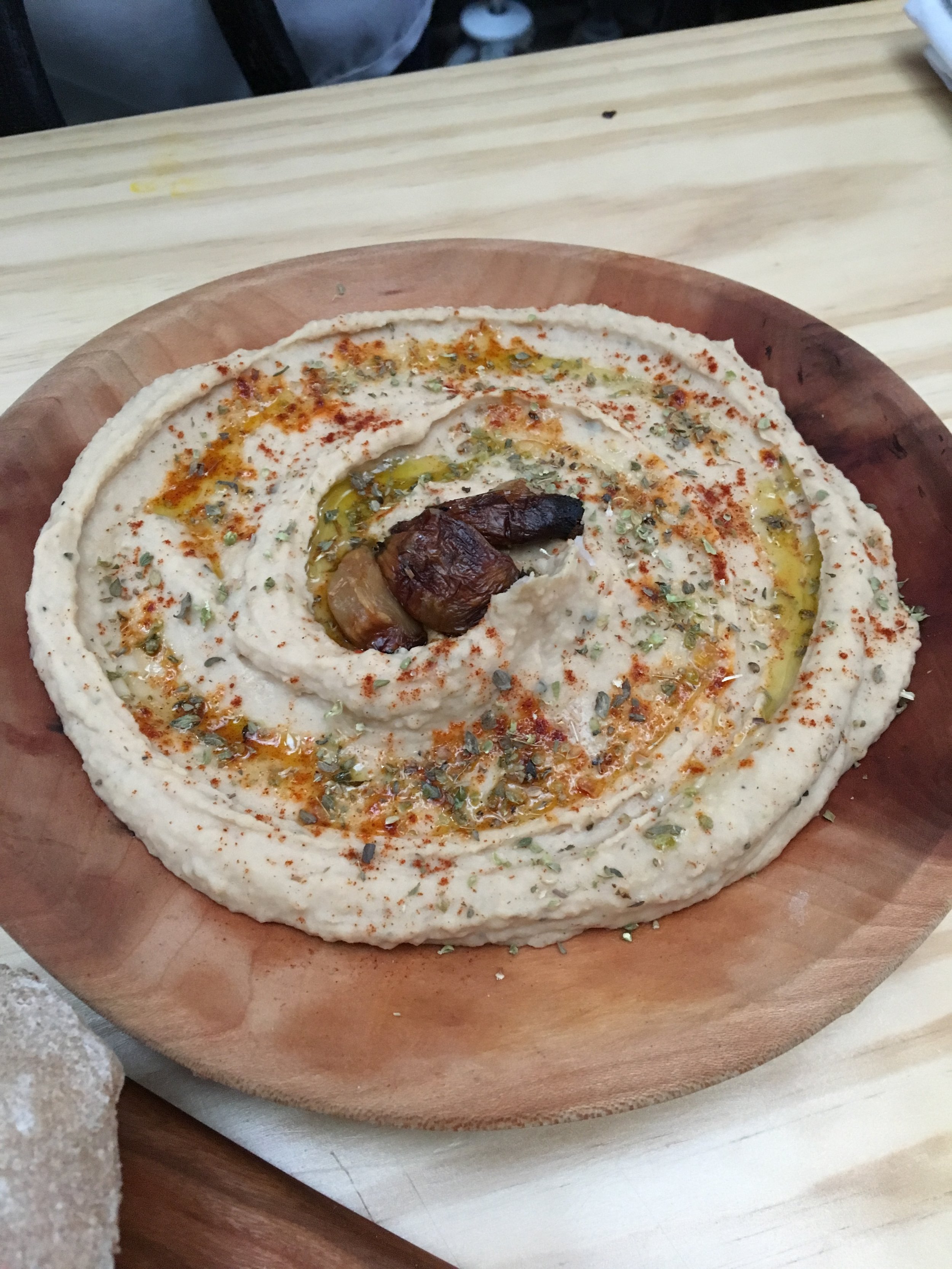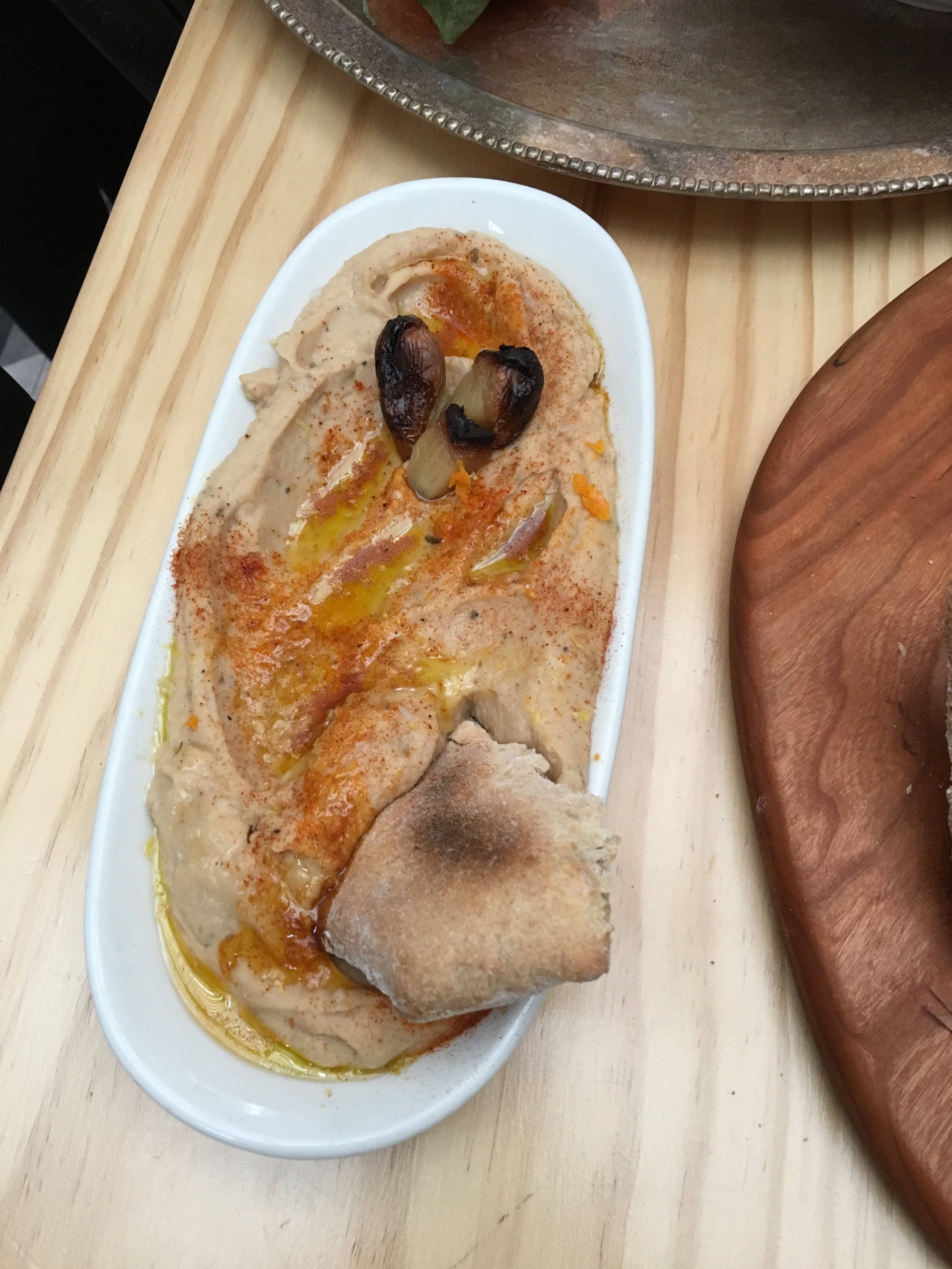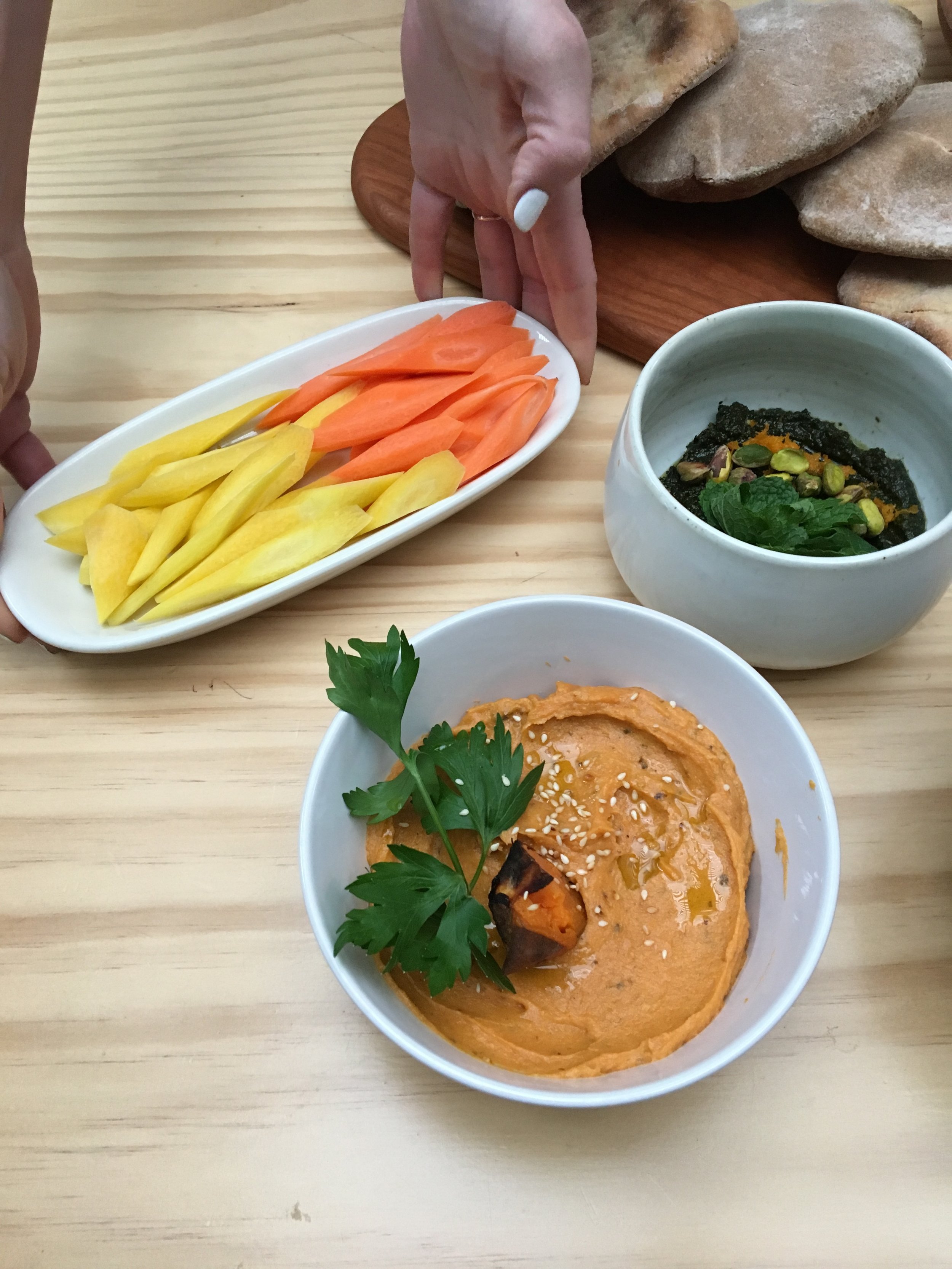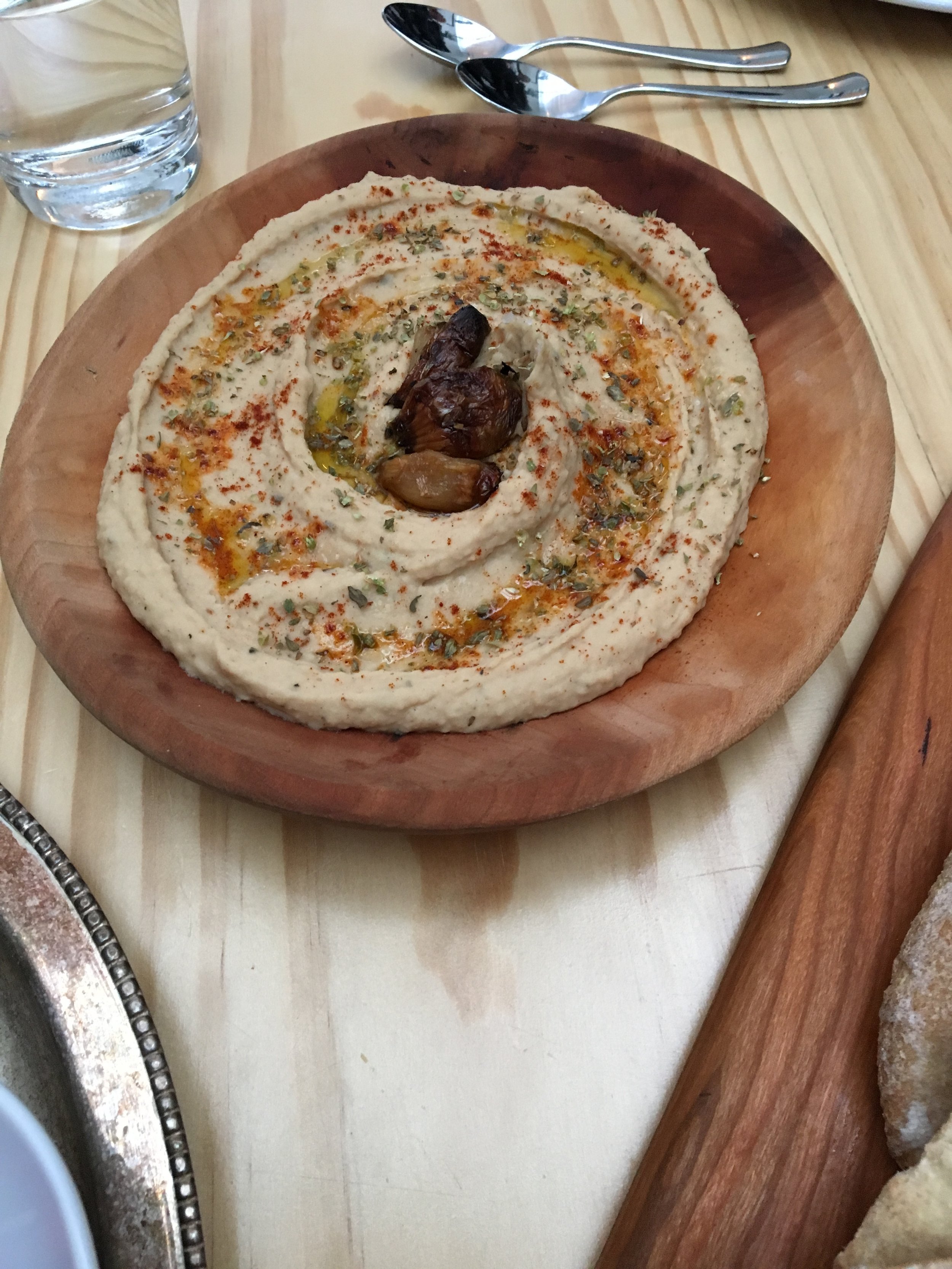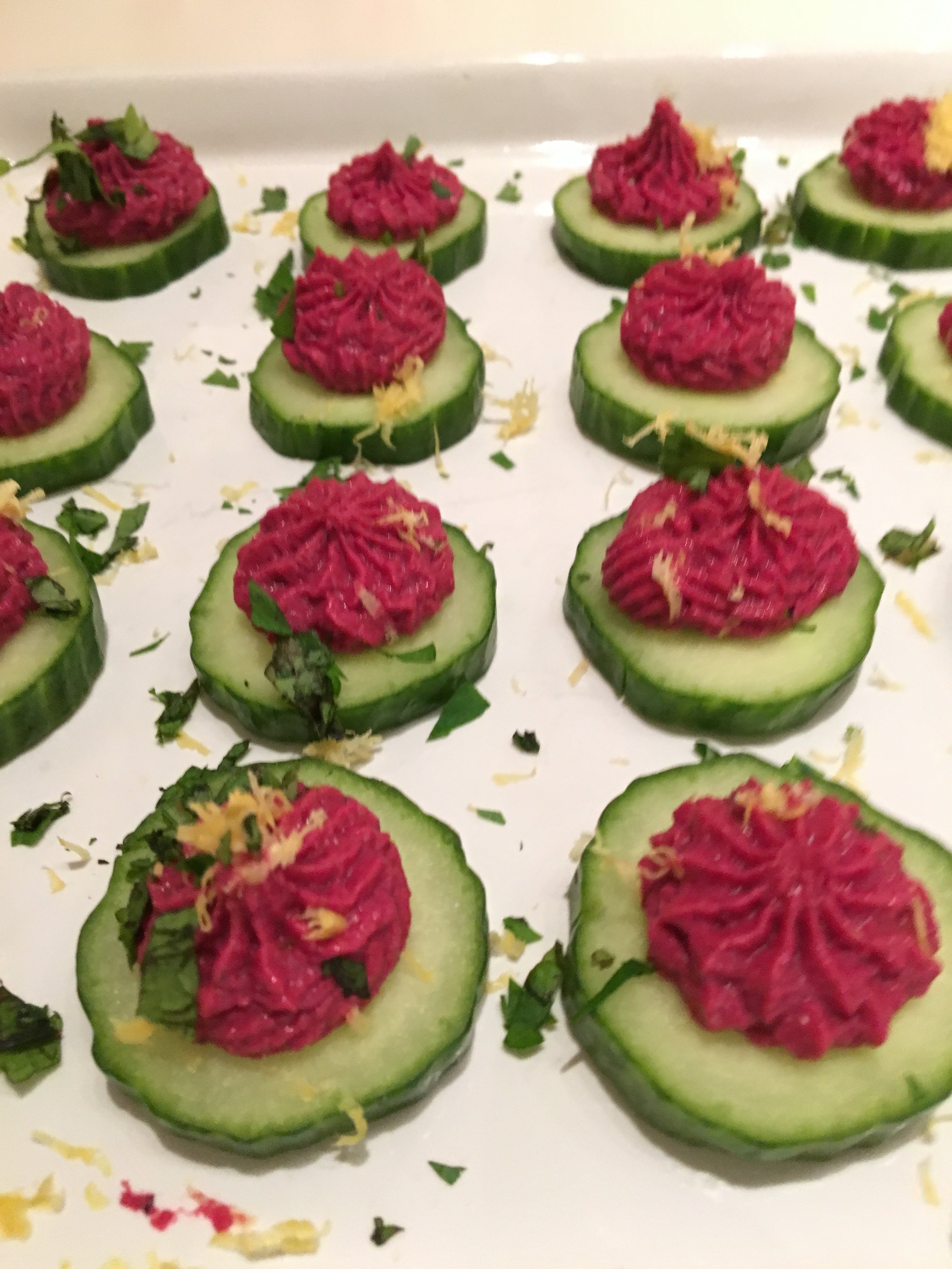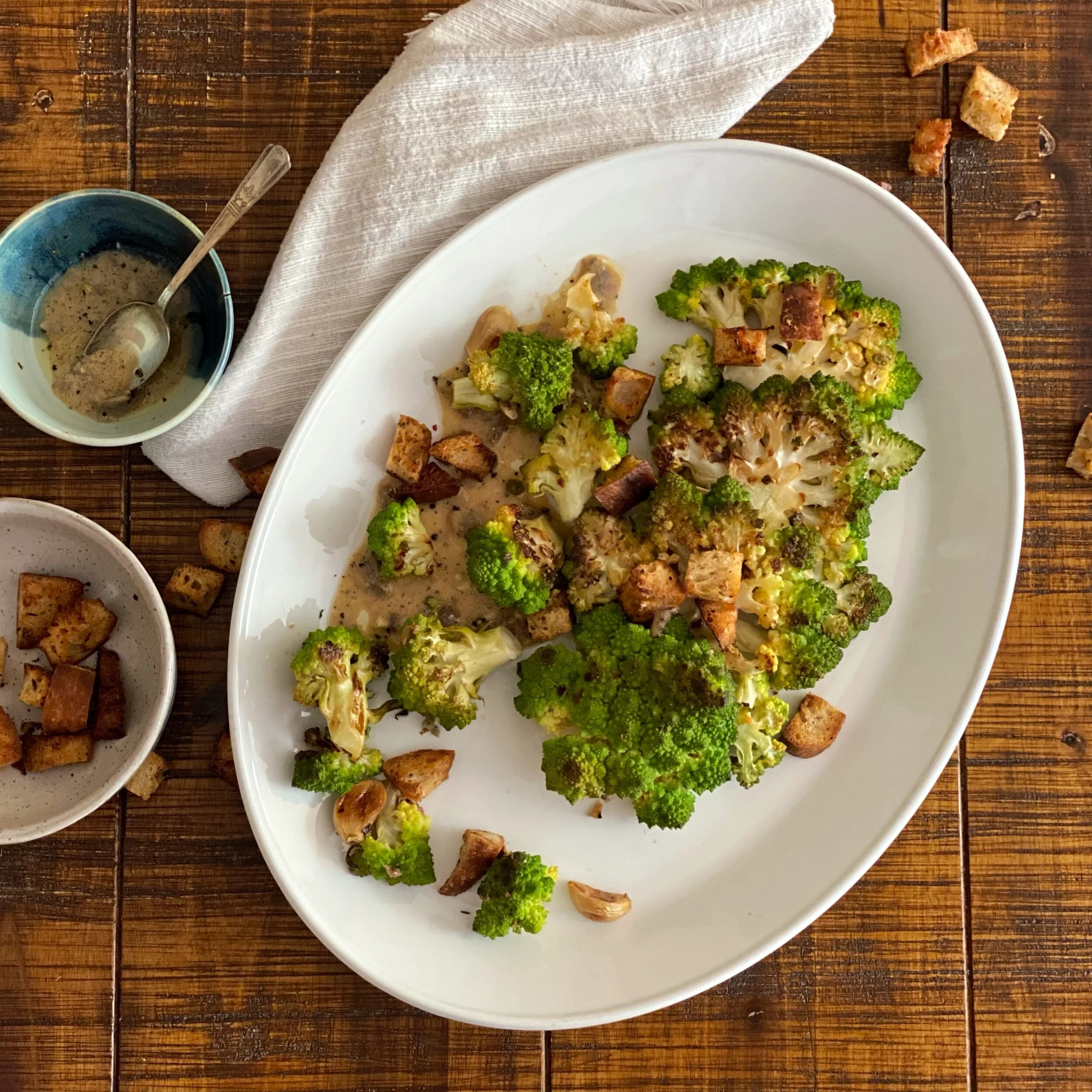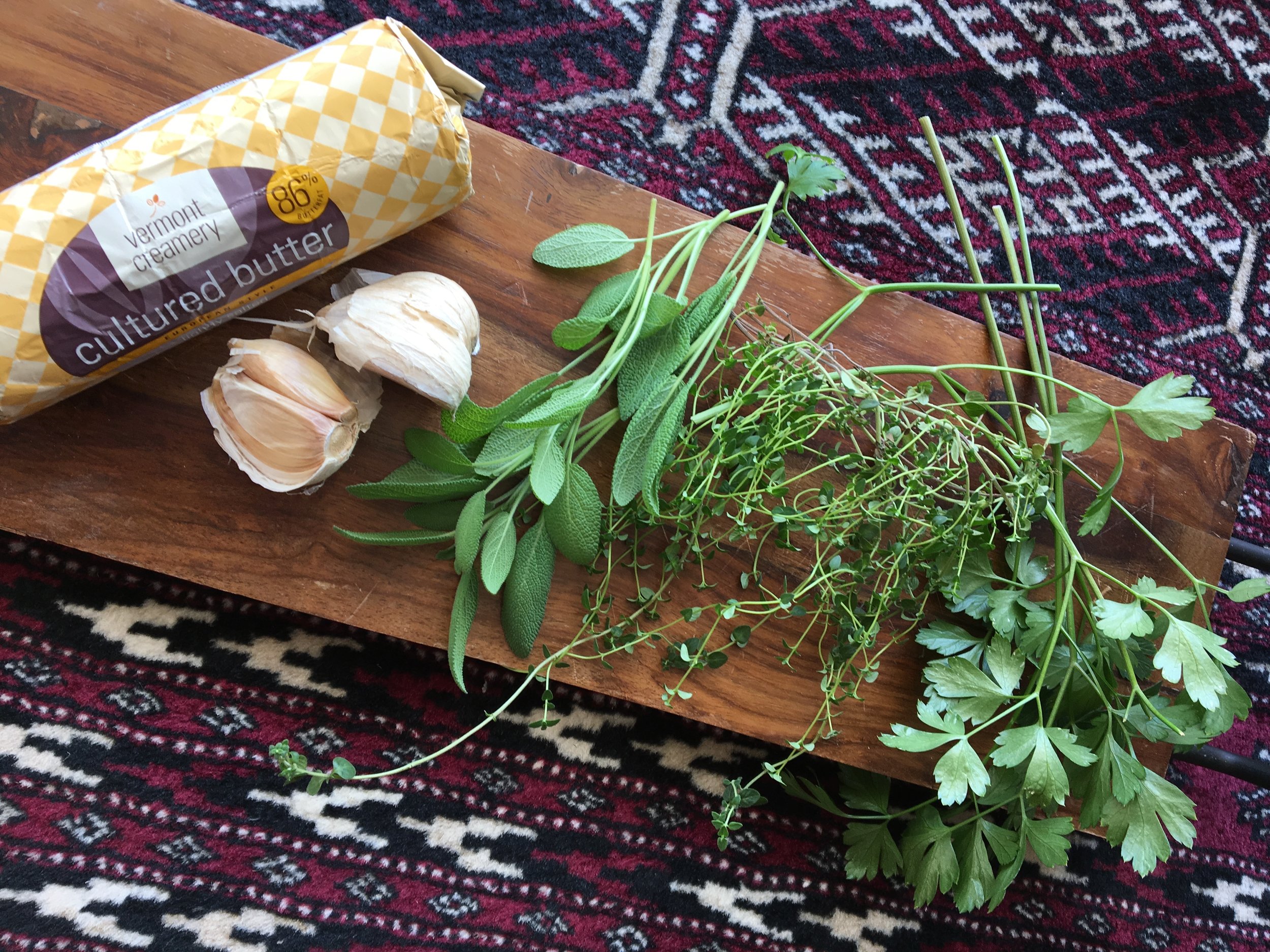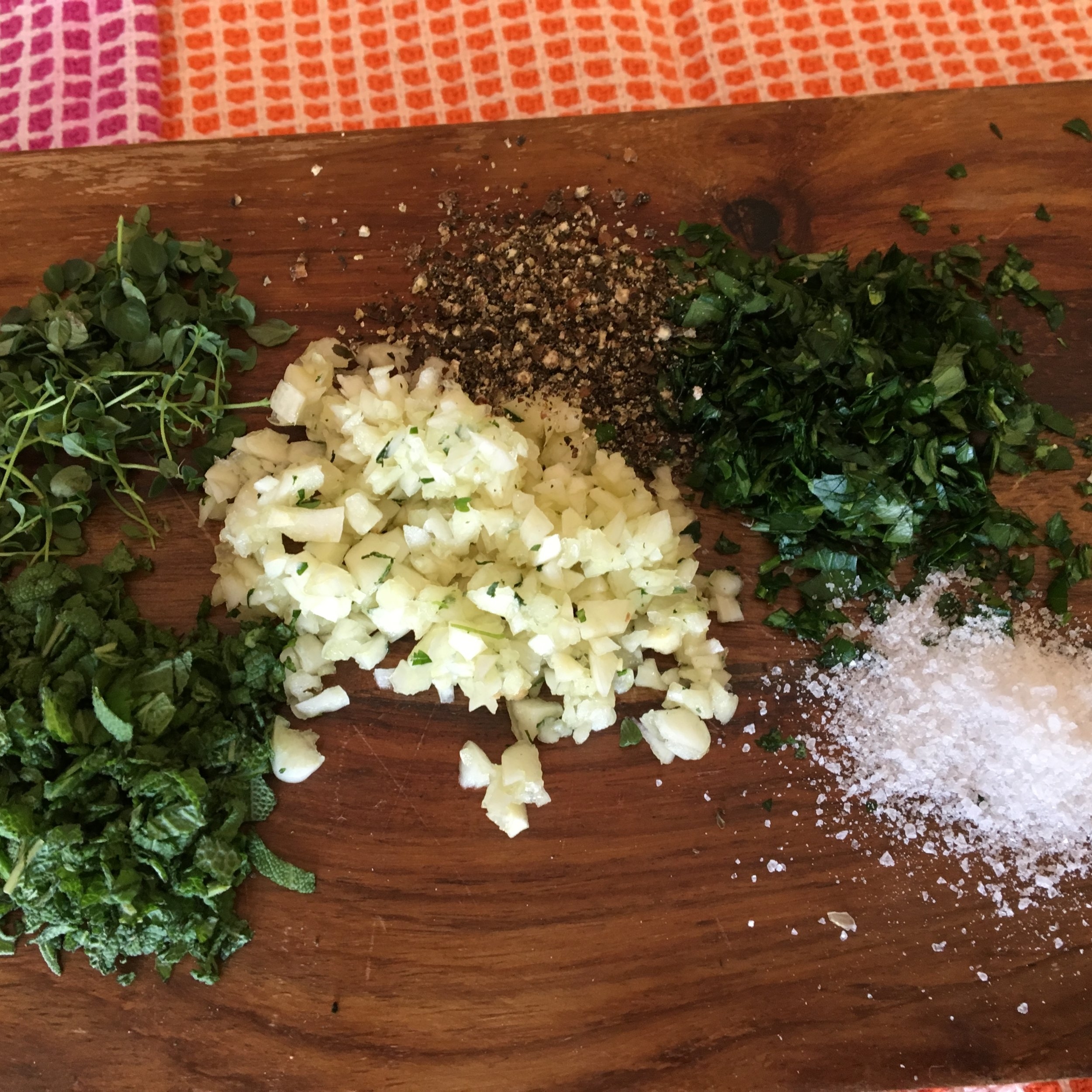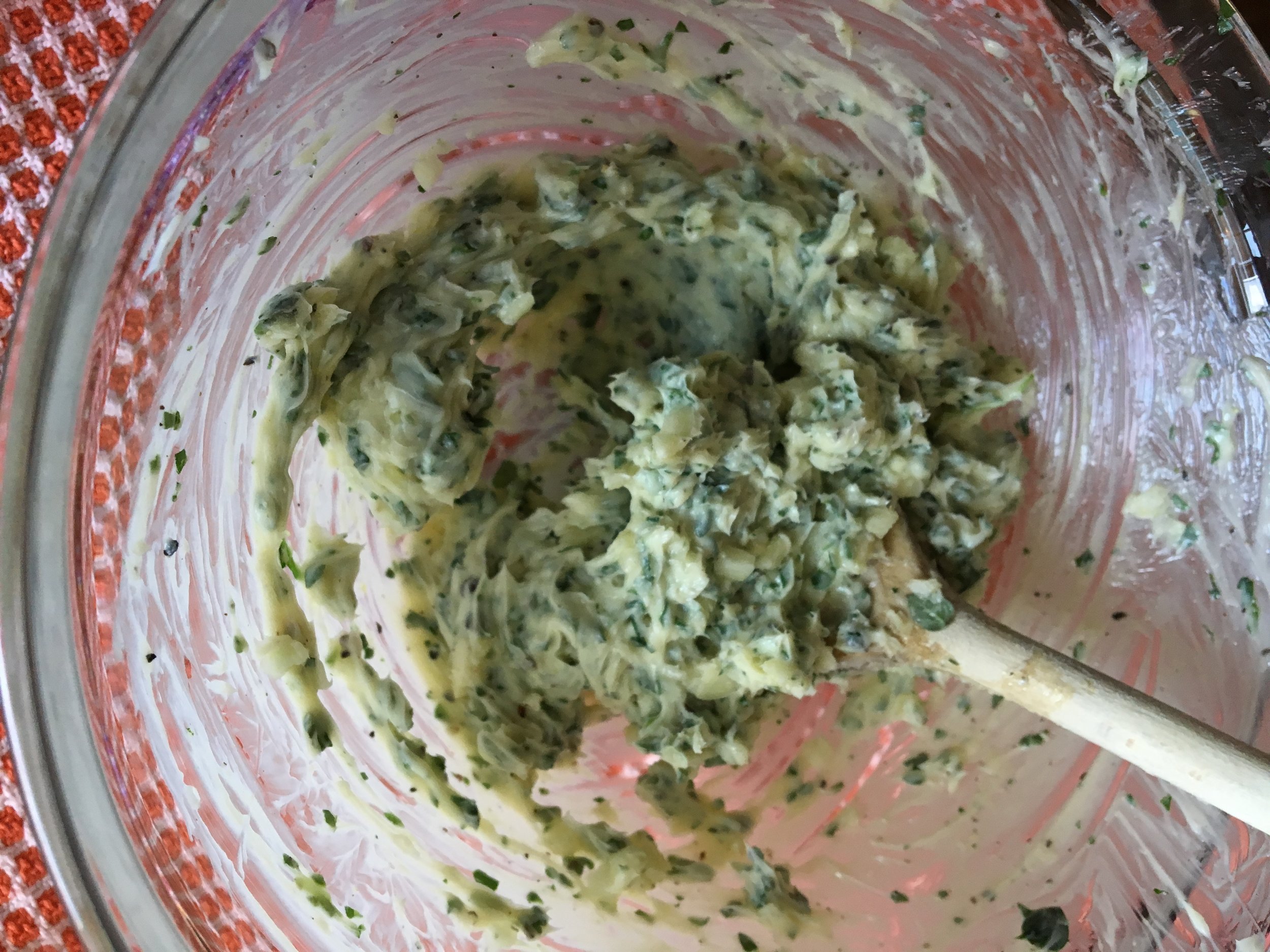These spiced chickpeas are a staple of mine for a make-ahead snack on-the-go, main dish garnish, or salad topper. You can vary the spices to your taste and to pair with just about any other flavors. You can use whole and ground spices, or a combination. One of my favorite versions uses a blend of smoked paprika, cumin, garlic powder, and a pinch of cayenne that pairs nicely with Middle Eastern food, like on top of a tabouleh salad or with Indian food, adding crunch on top of a vegetable dish or dal. You can also serve them with this Shaved Brussel Sprout, Apple and Walnut Salad. If you’re game for cooking your own chickpeas, it’s not hard and here’s how.
Time saver tip: If you use a particular blend of spices often, make a batch and store it in reused spice jars. Often if I see a little bit of something left in a jar, I might add a few other spices to make a favorite blend. My funnels are re-purposed shields from my old breast pump. Great for solids! When making spice blends, I often leave off the salt so I don't end up adding extra!
What you need:
1 ¾ cups cooked (or canned and rinsed) chickpeas*
1 tablespoon oil (olive, canola oil, coconut, etc.)
3 pinches sea salt or kosher salt
3-4 teaspoons spices or dried herbs**
* you can make this in any quantity you desire, but I write this for 1 ¾ cups since that is what you get out of a standard can of chickpeas.
** the herbs and spices are up to you, but here are some of my favorite combinations:
cumin + garlic powder + smoked paprika + cayenne
oregano + basil + garlic powder + red pepper flakes
cumin + coriander + garlic powder + ginger + turmeric
coriander + cumin + fennel + chili powder + garlic
Step 1:
Using a clean kitchen towel, pat the chickpeas dry. Homemade or canned work equally well (rinse canned chickpeas first.)
Step 2:
In a bowl, mix together your selected spices.
Step 3:
Add the olive oil to make a paste. It should pass the spoon test on left.
Step 4:
Add the chickpeas to the bowl and toss to coat.
Step 5:
Roast the chickpeas in one of two ways:
Spread the chickpeas in a single layer on a baking sheet and bake in oven at 425 degrees until lightly browned and toasted, about 15 minutes.
Heat a large skillet over medium high heat. Add the chickpeas and toast until lightly browned, about 7 minutes. Stir or shake the pan occasionally.

